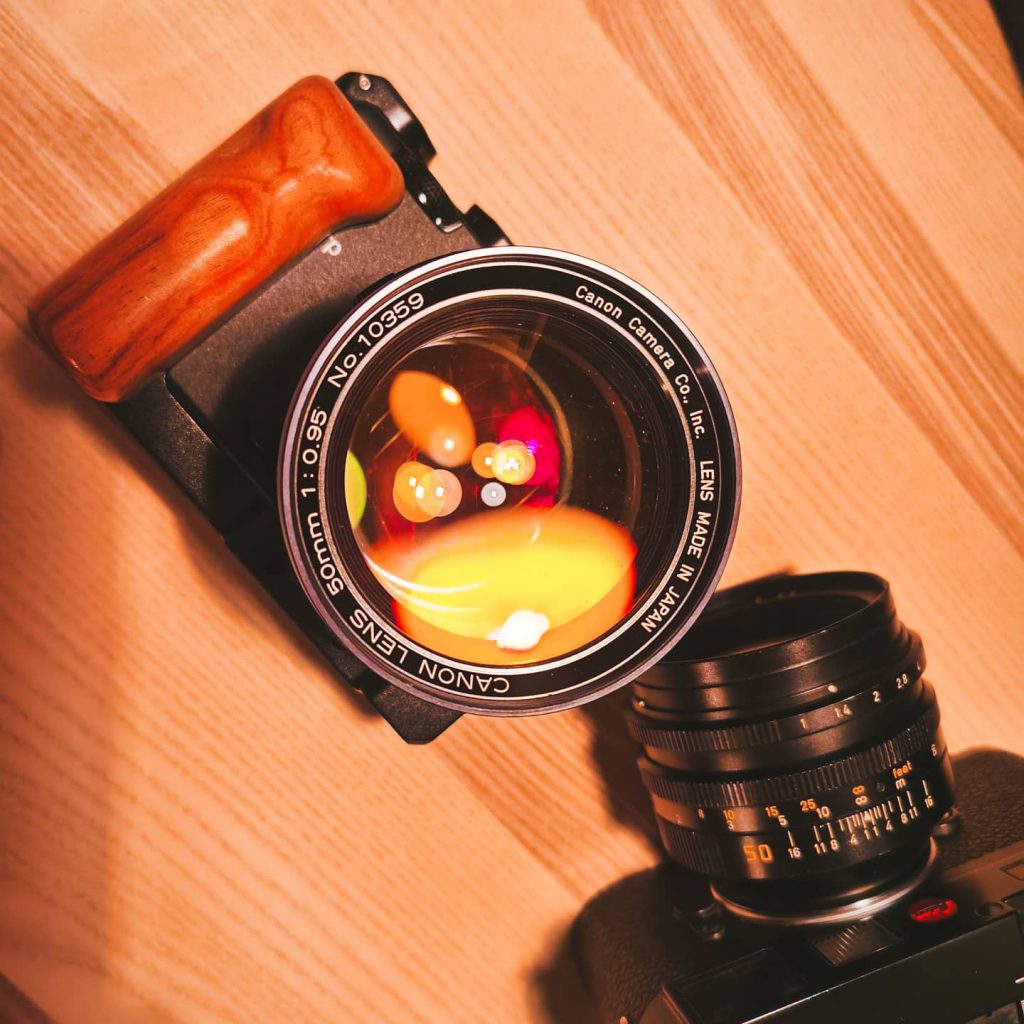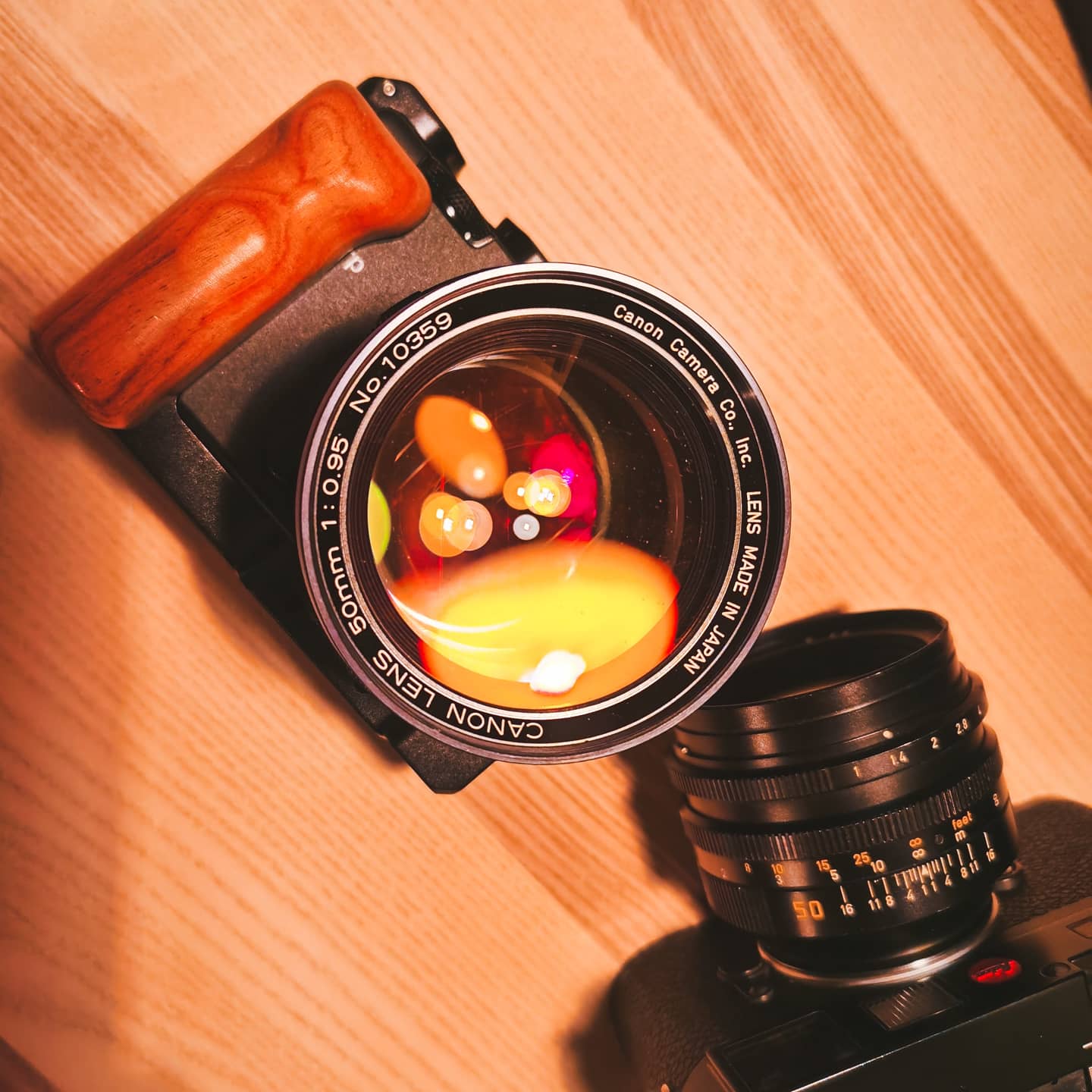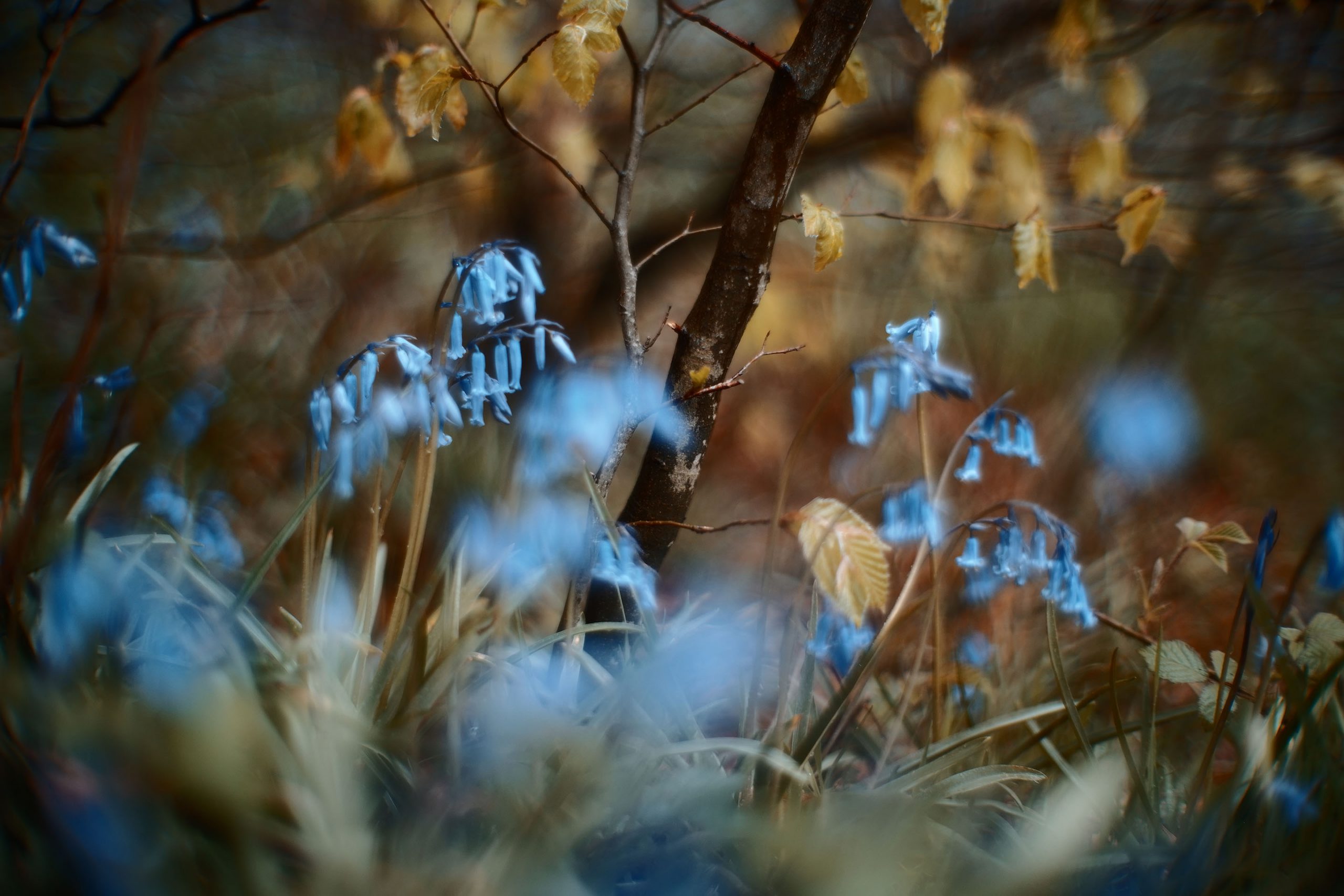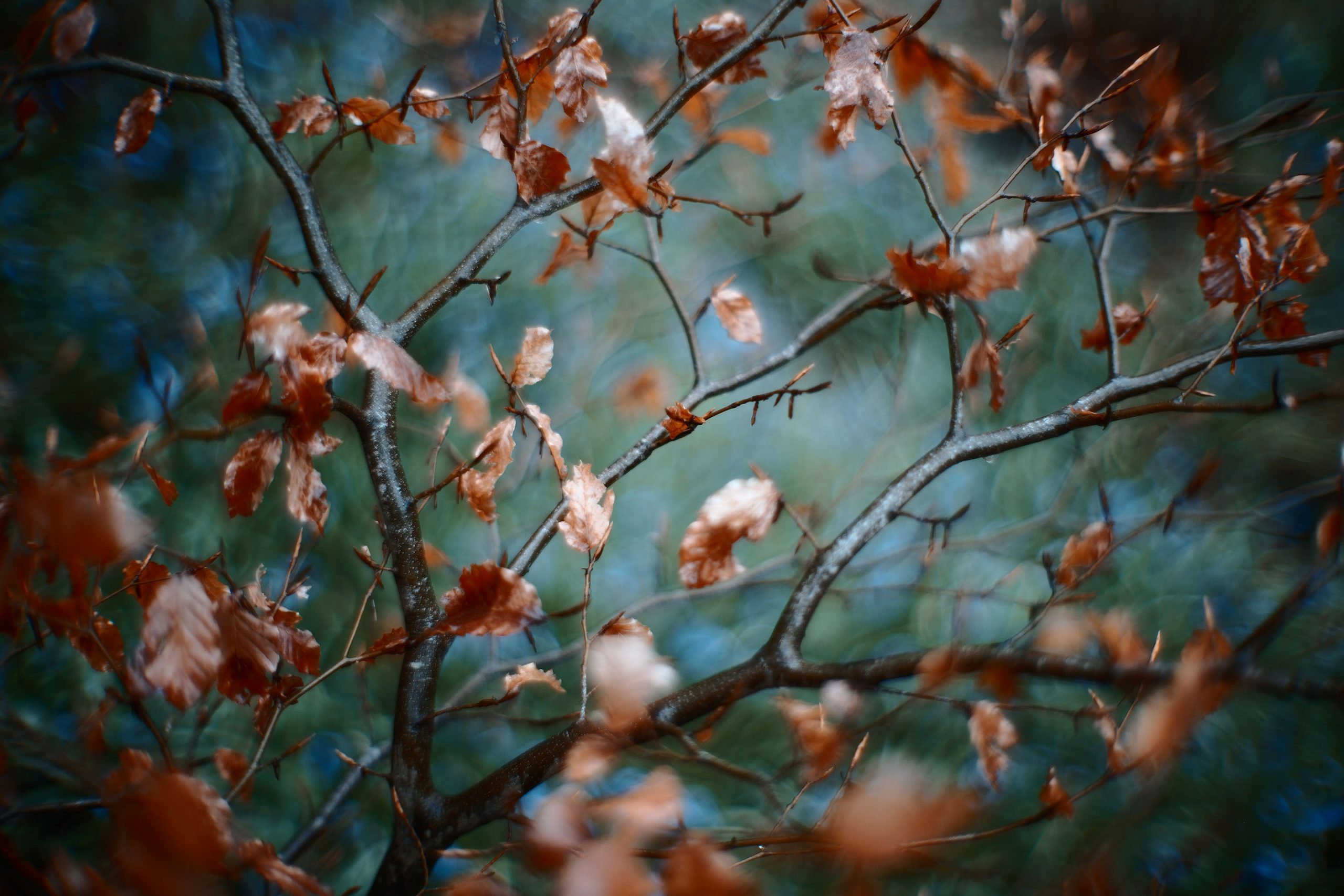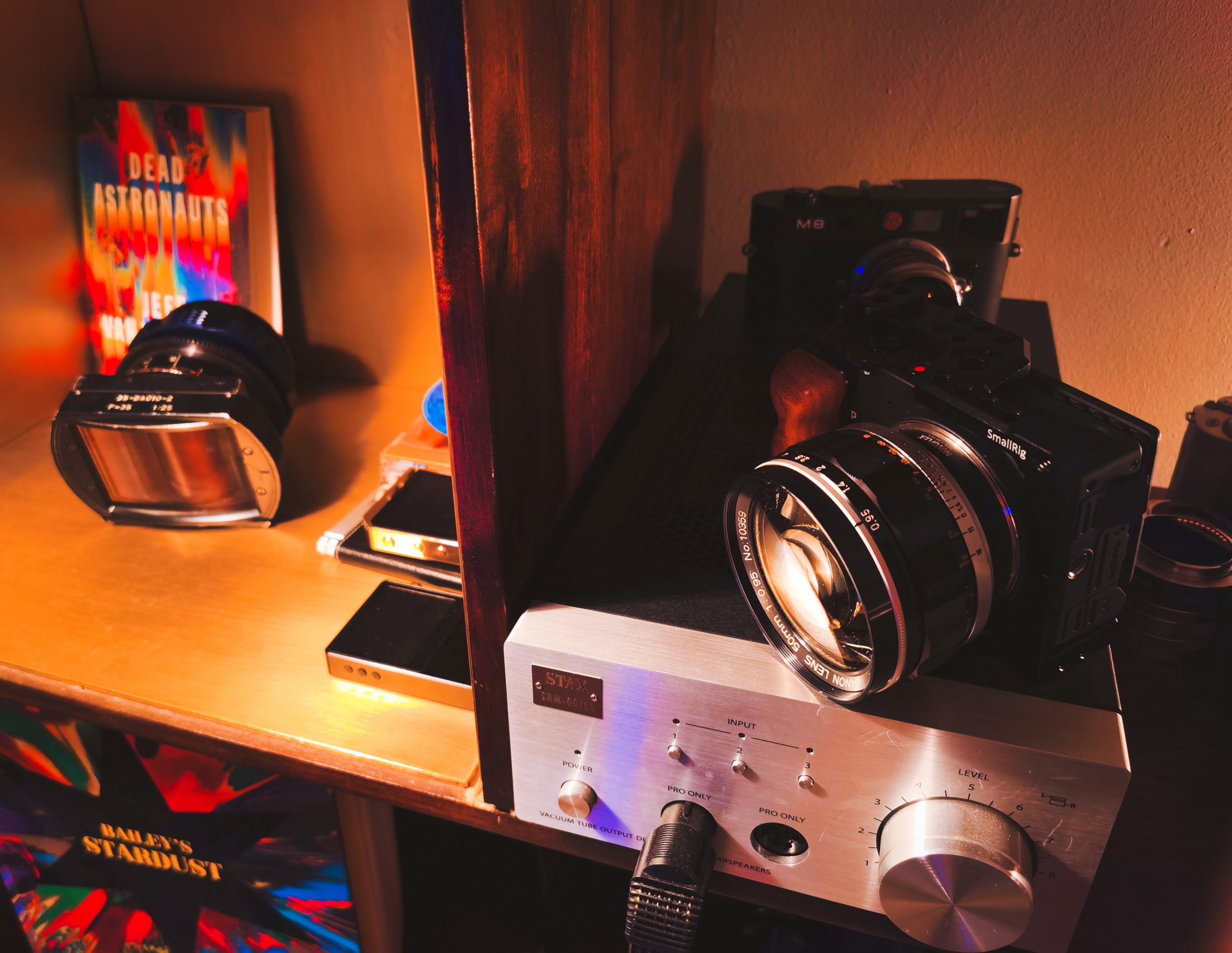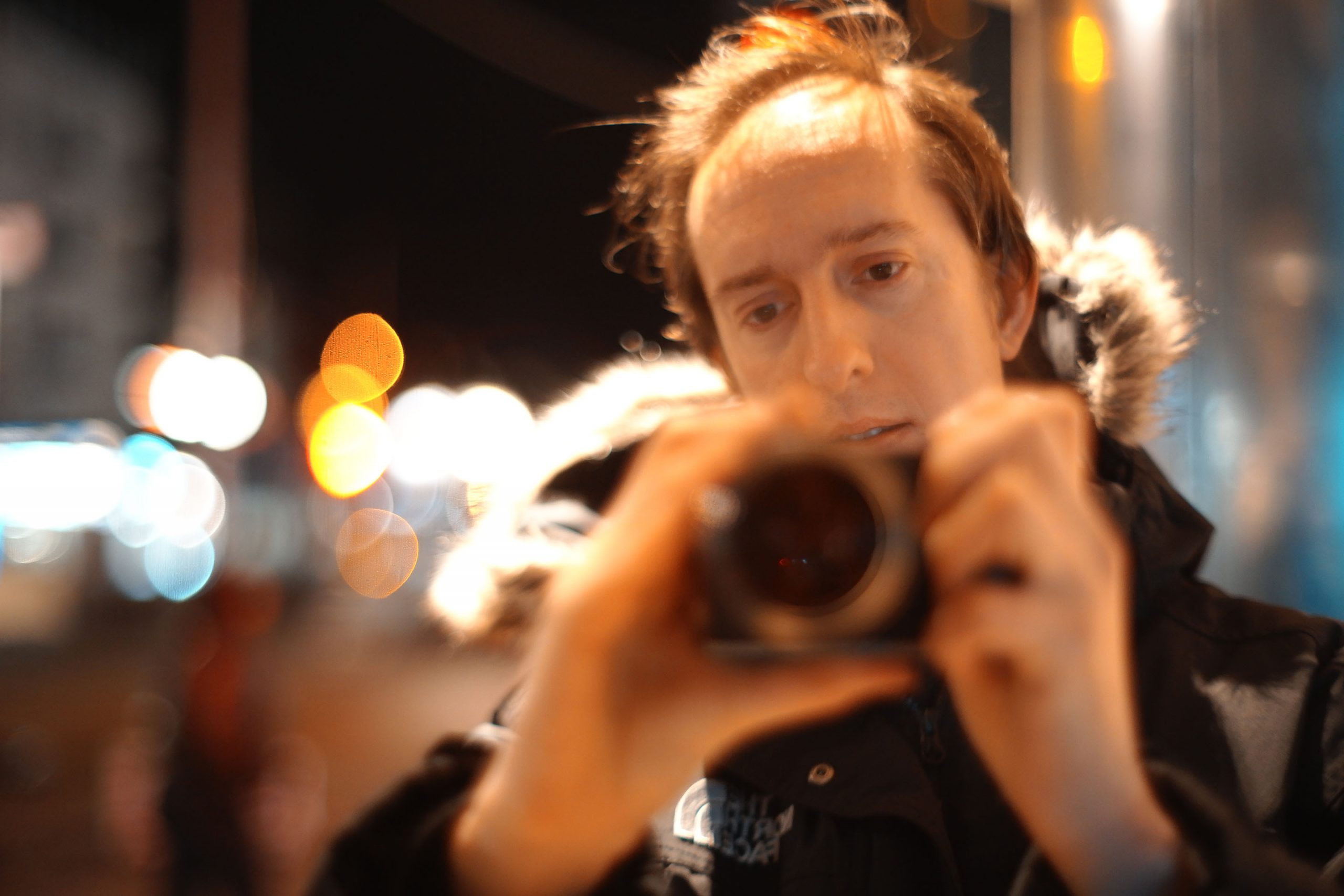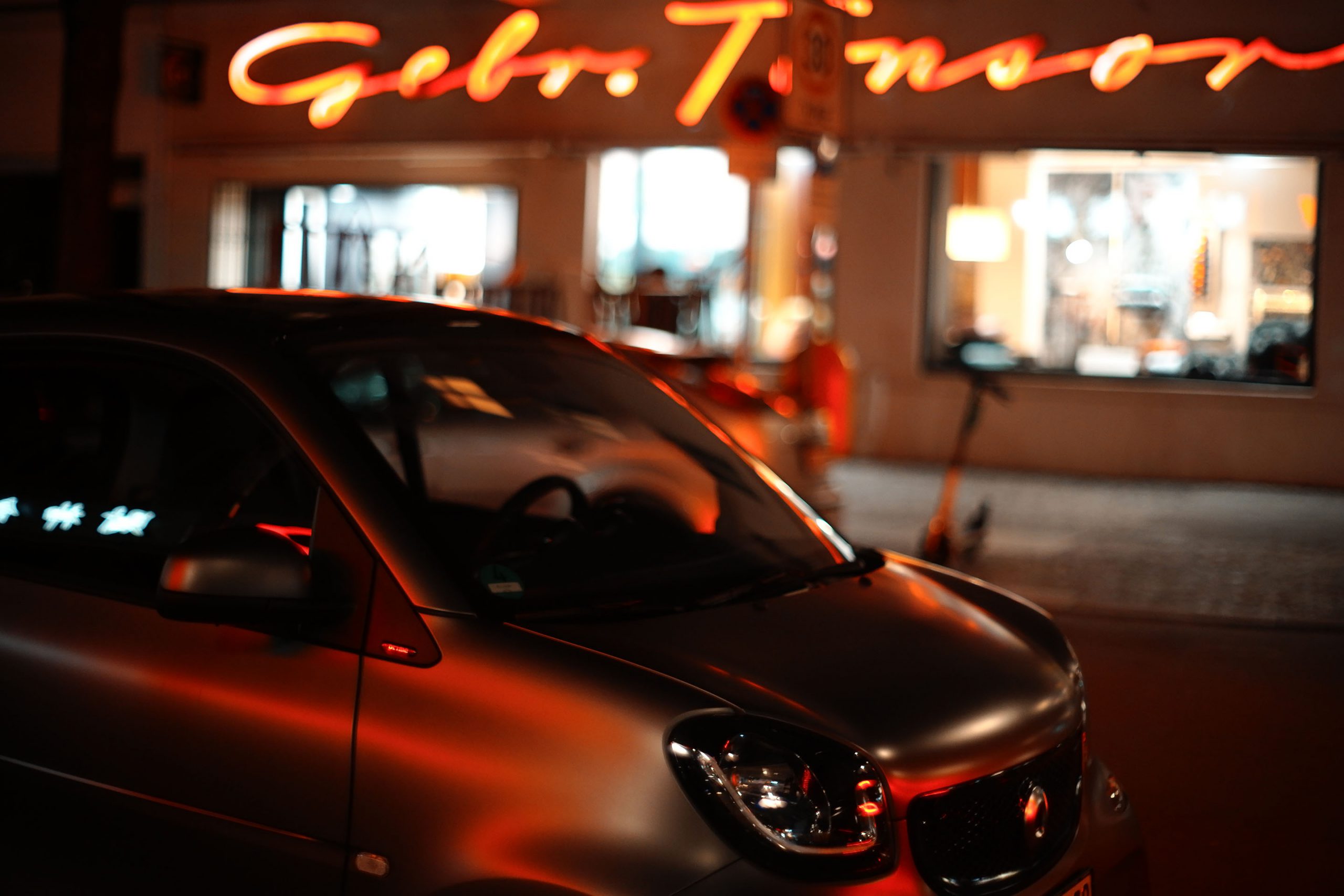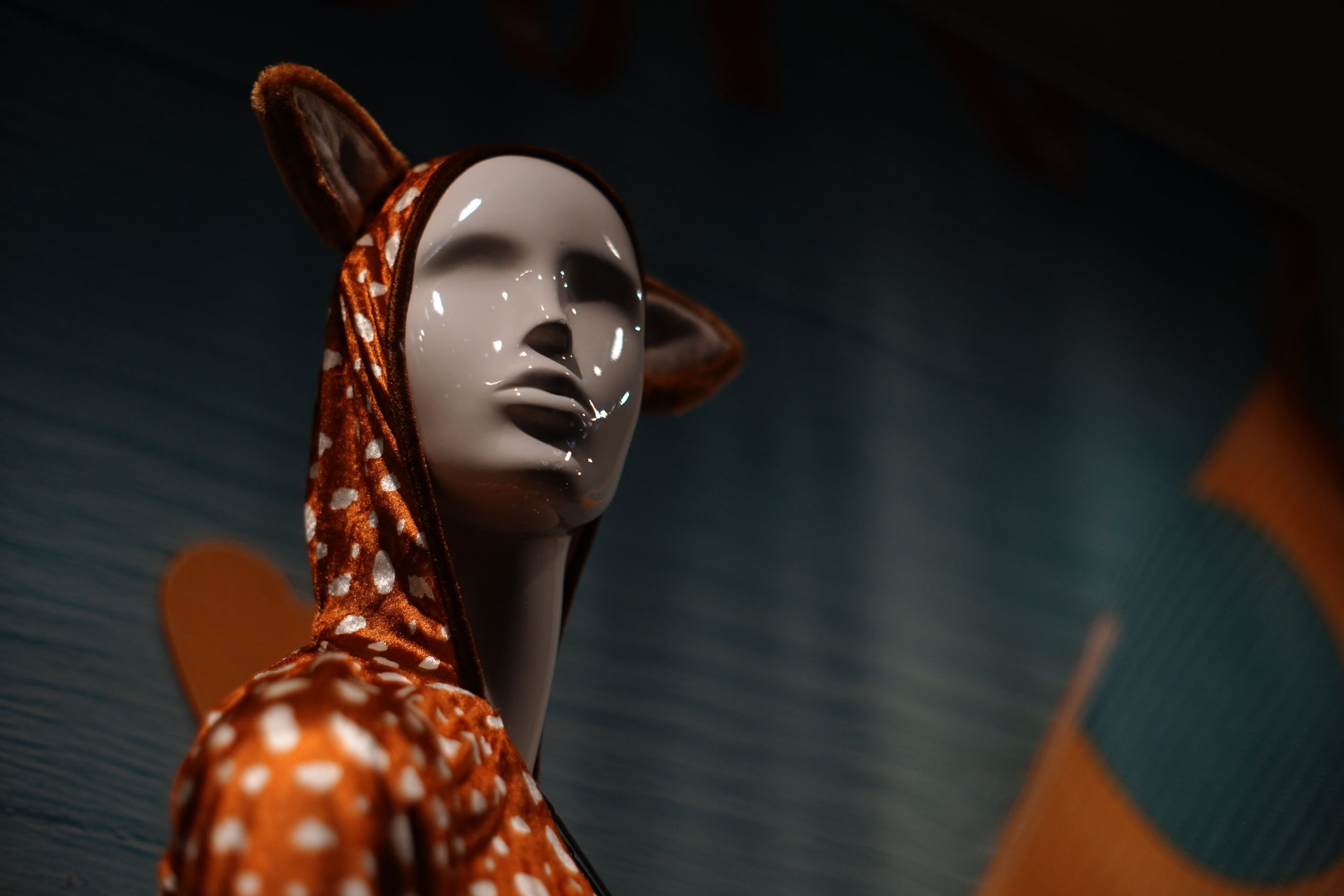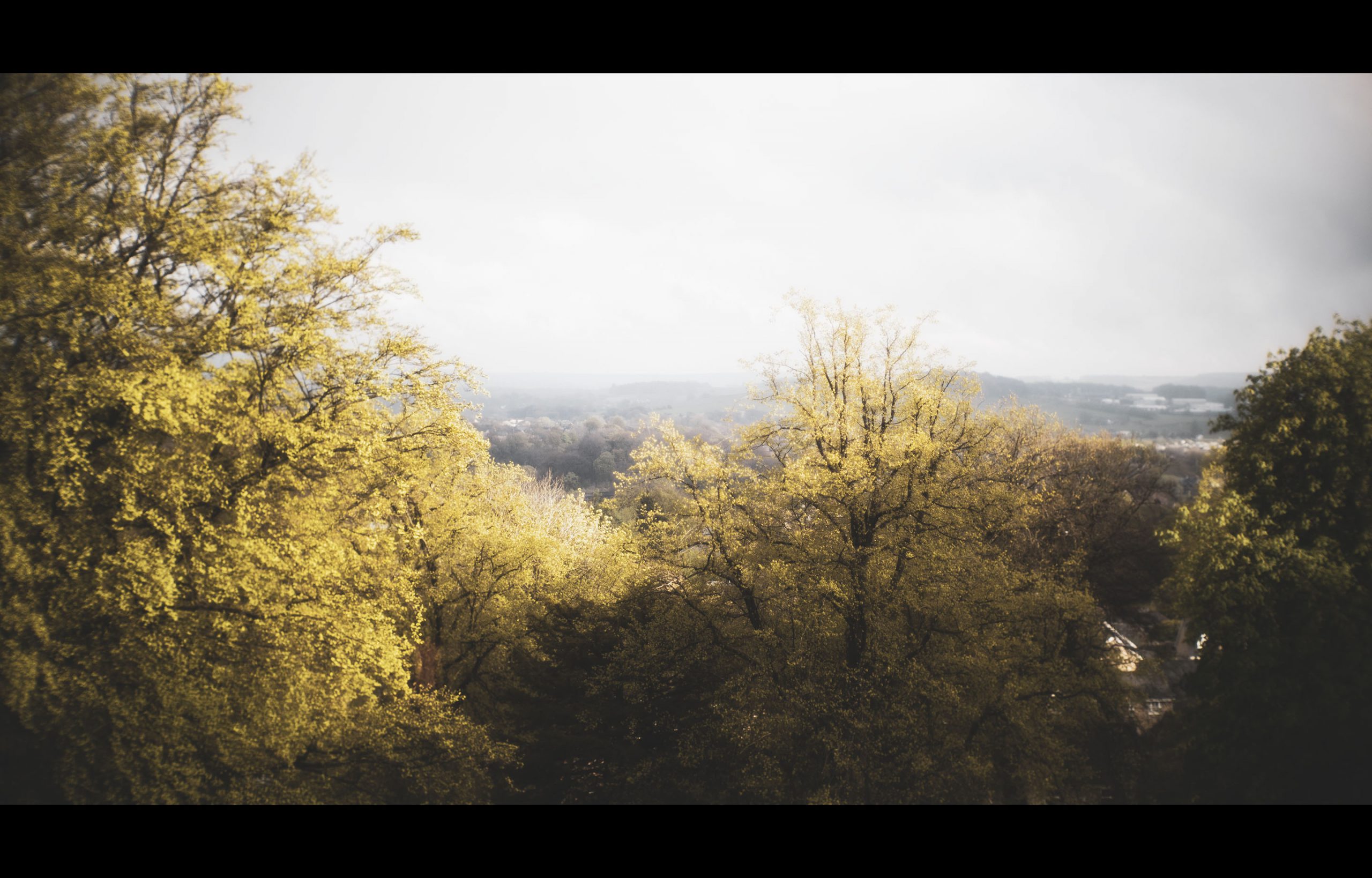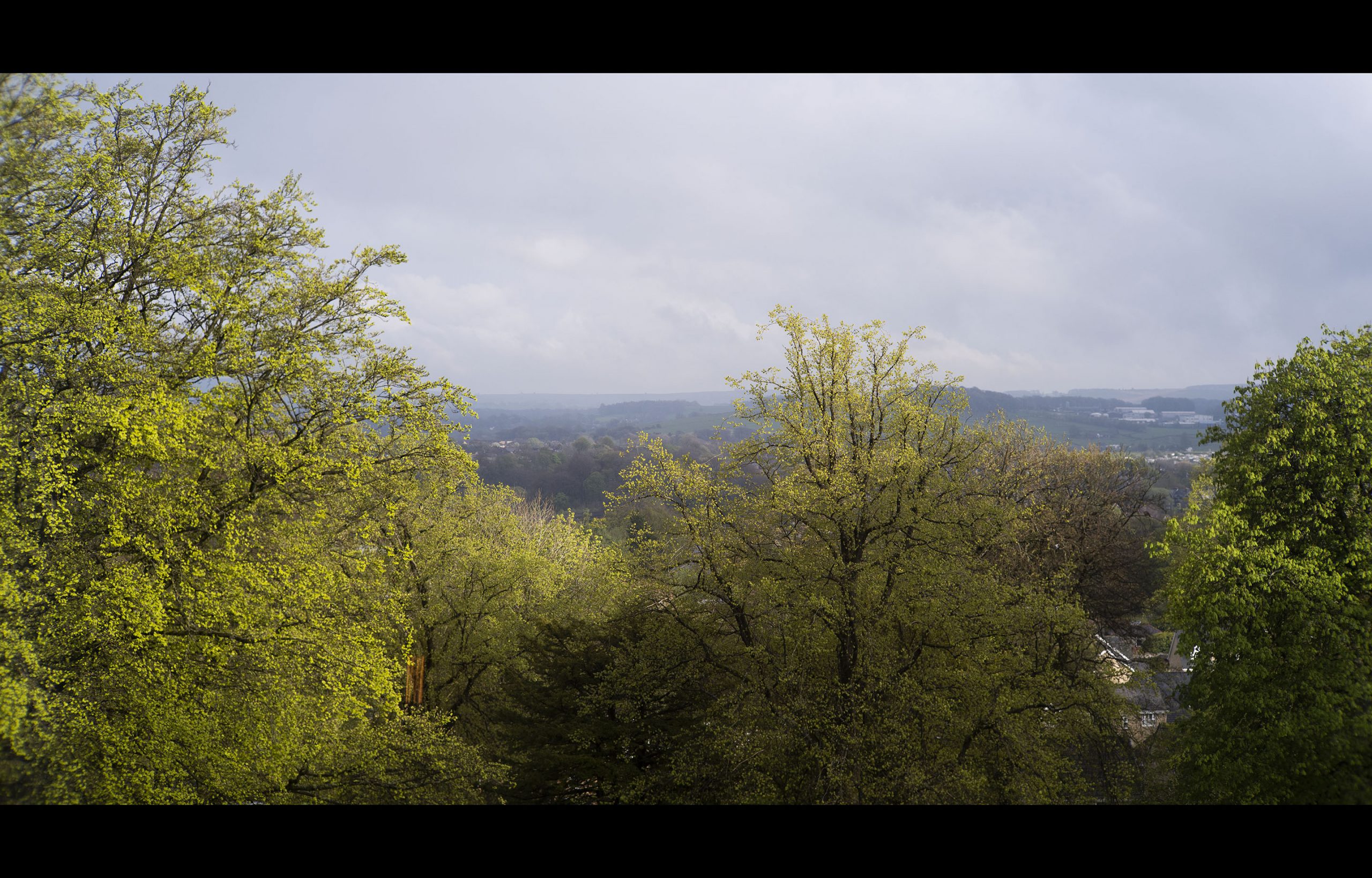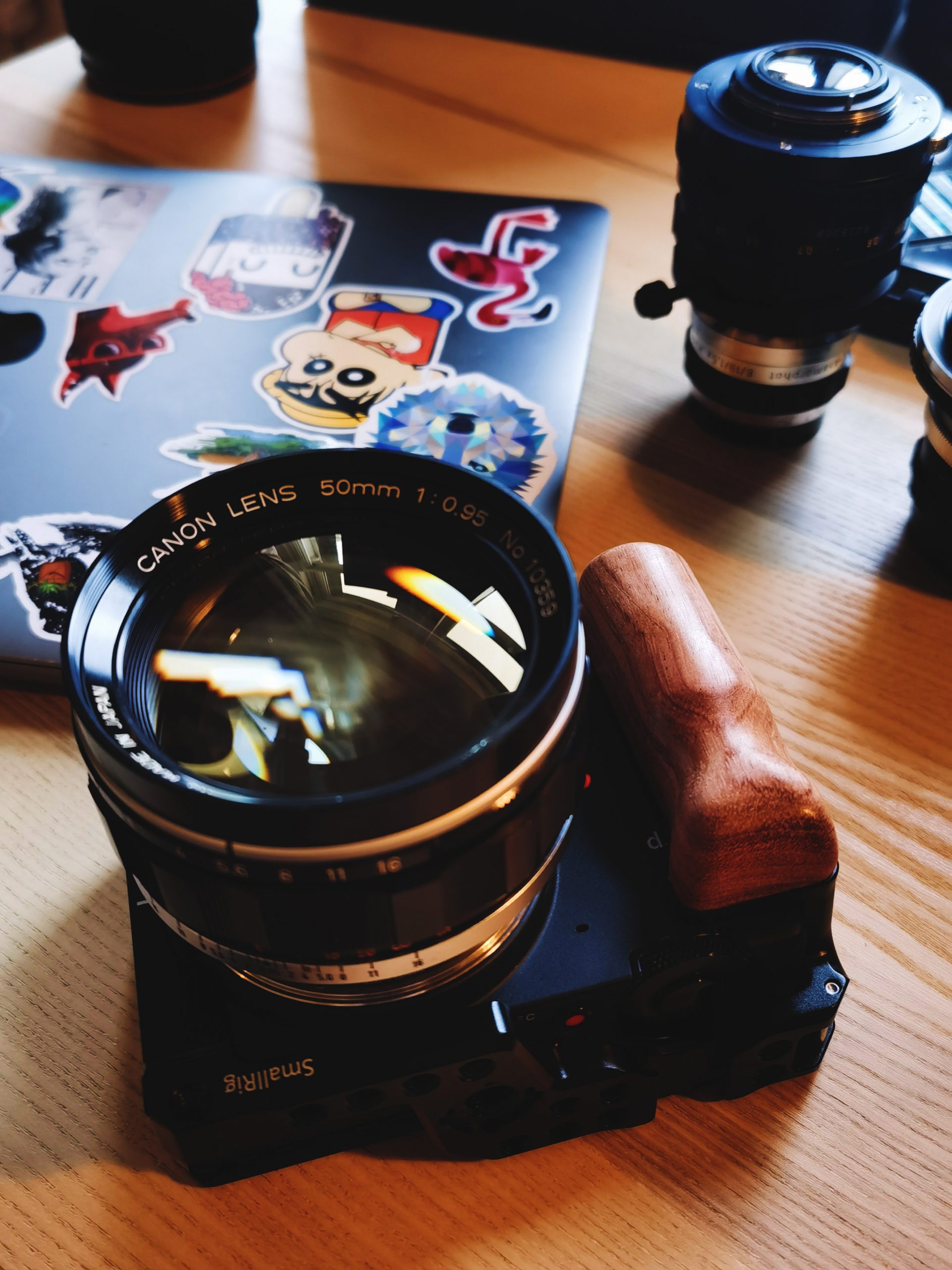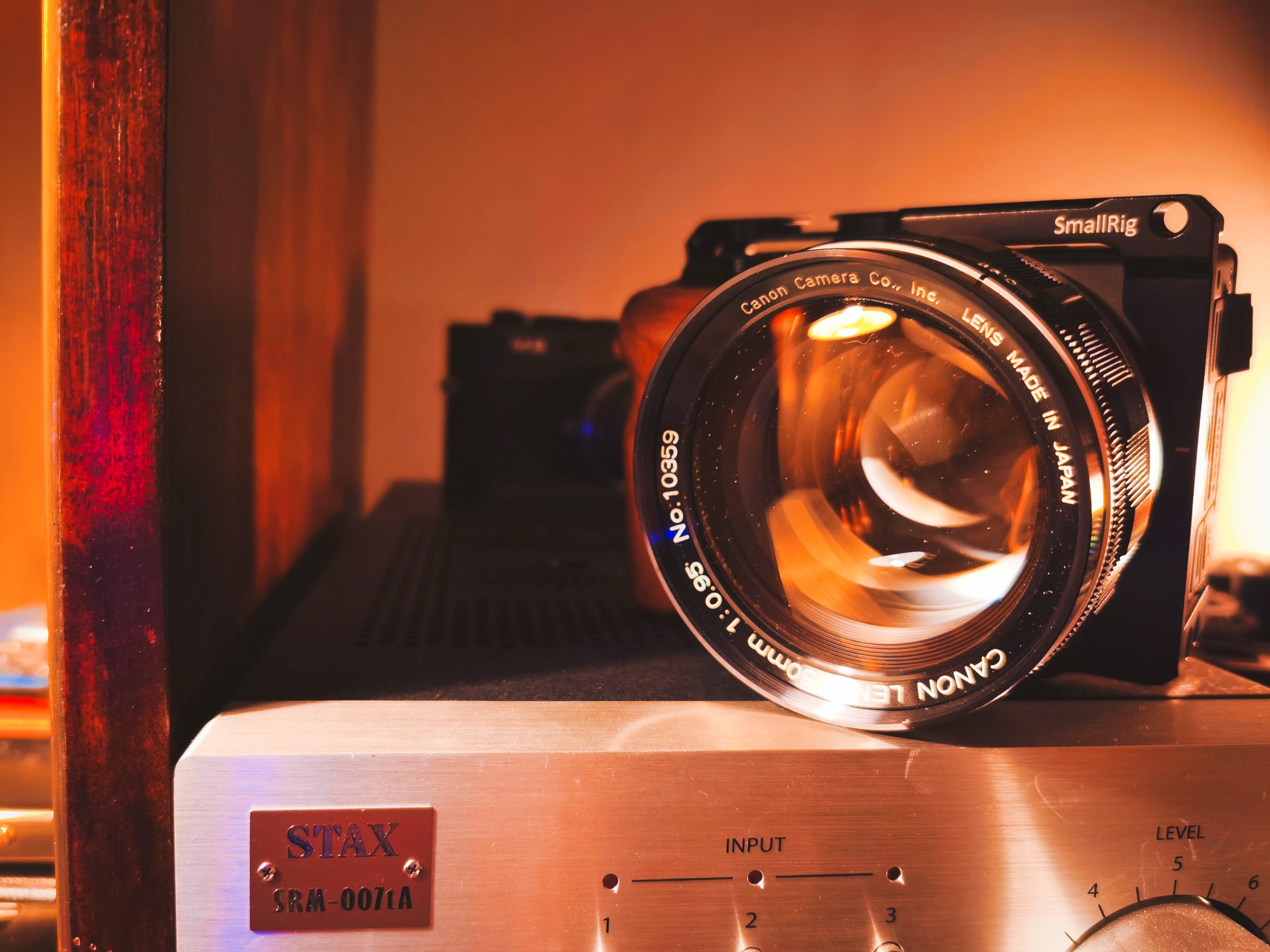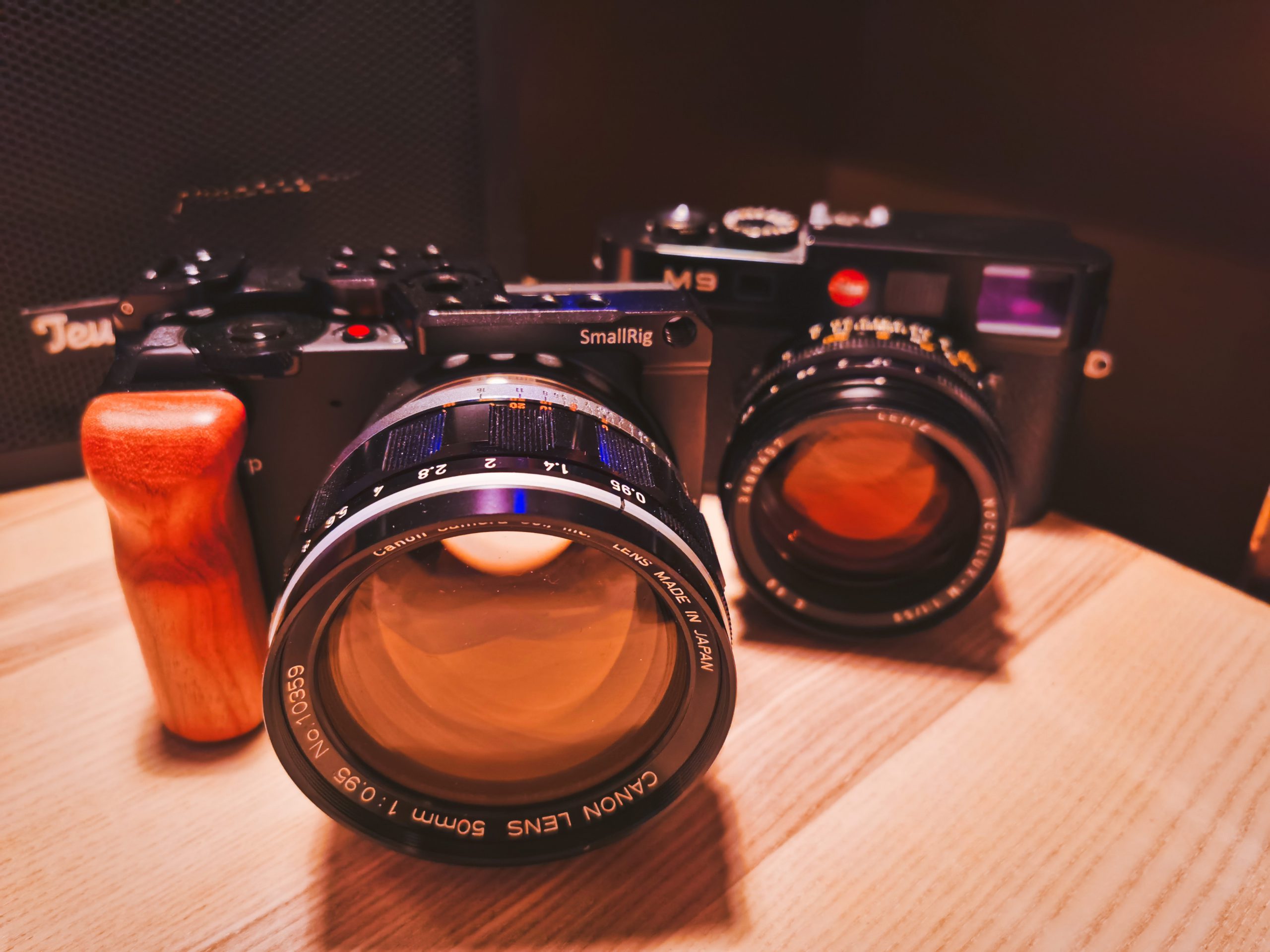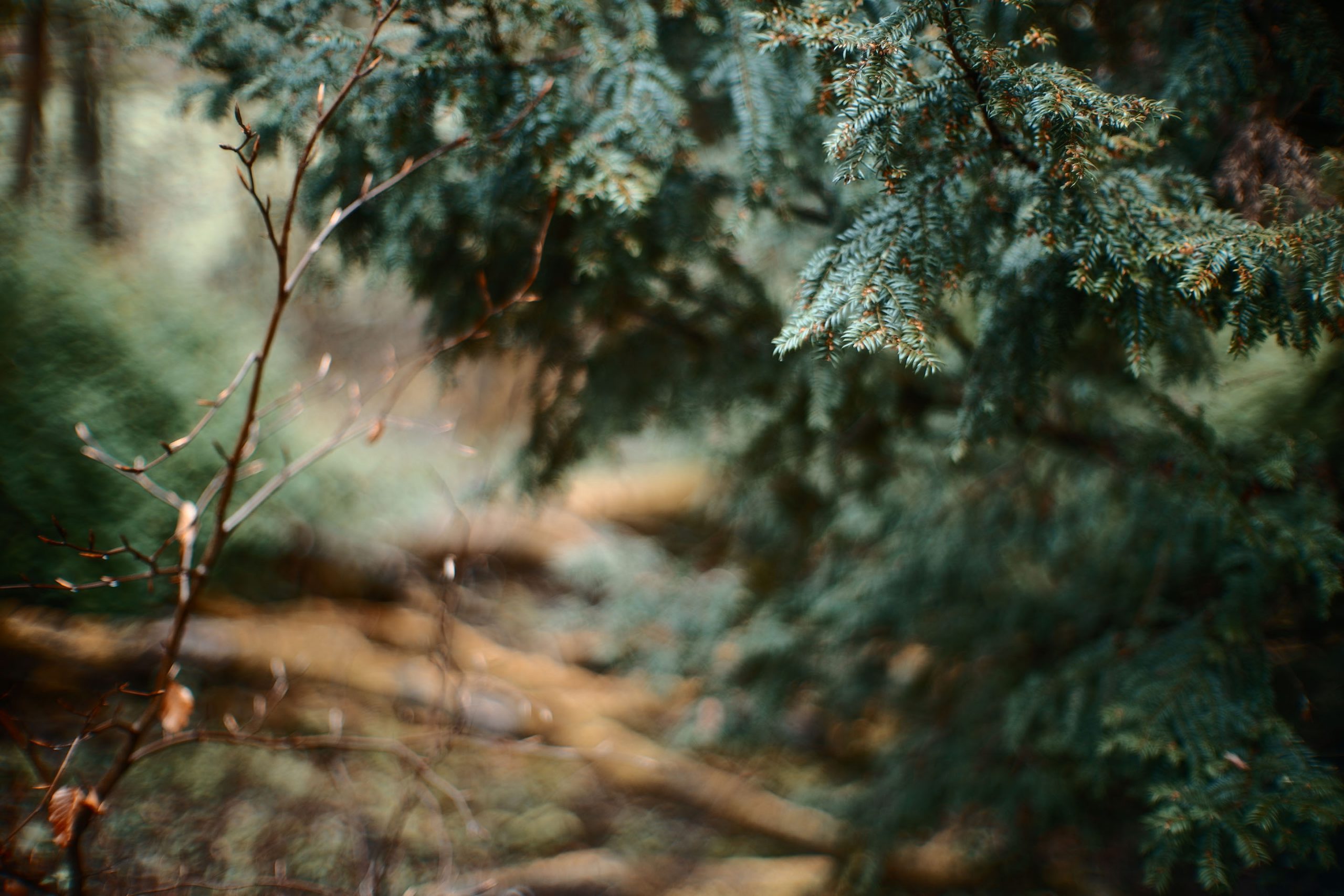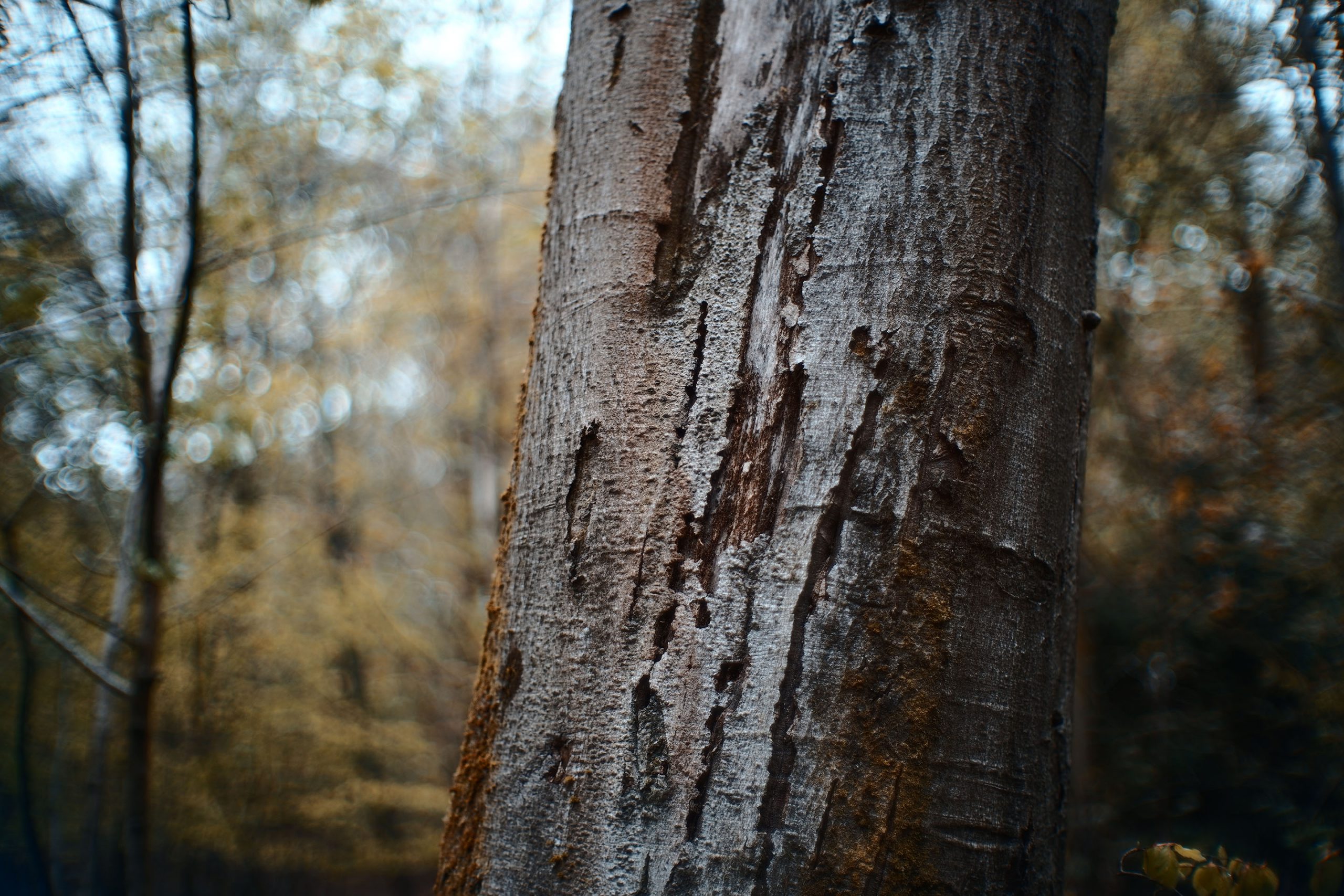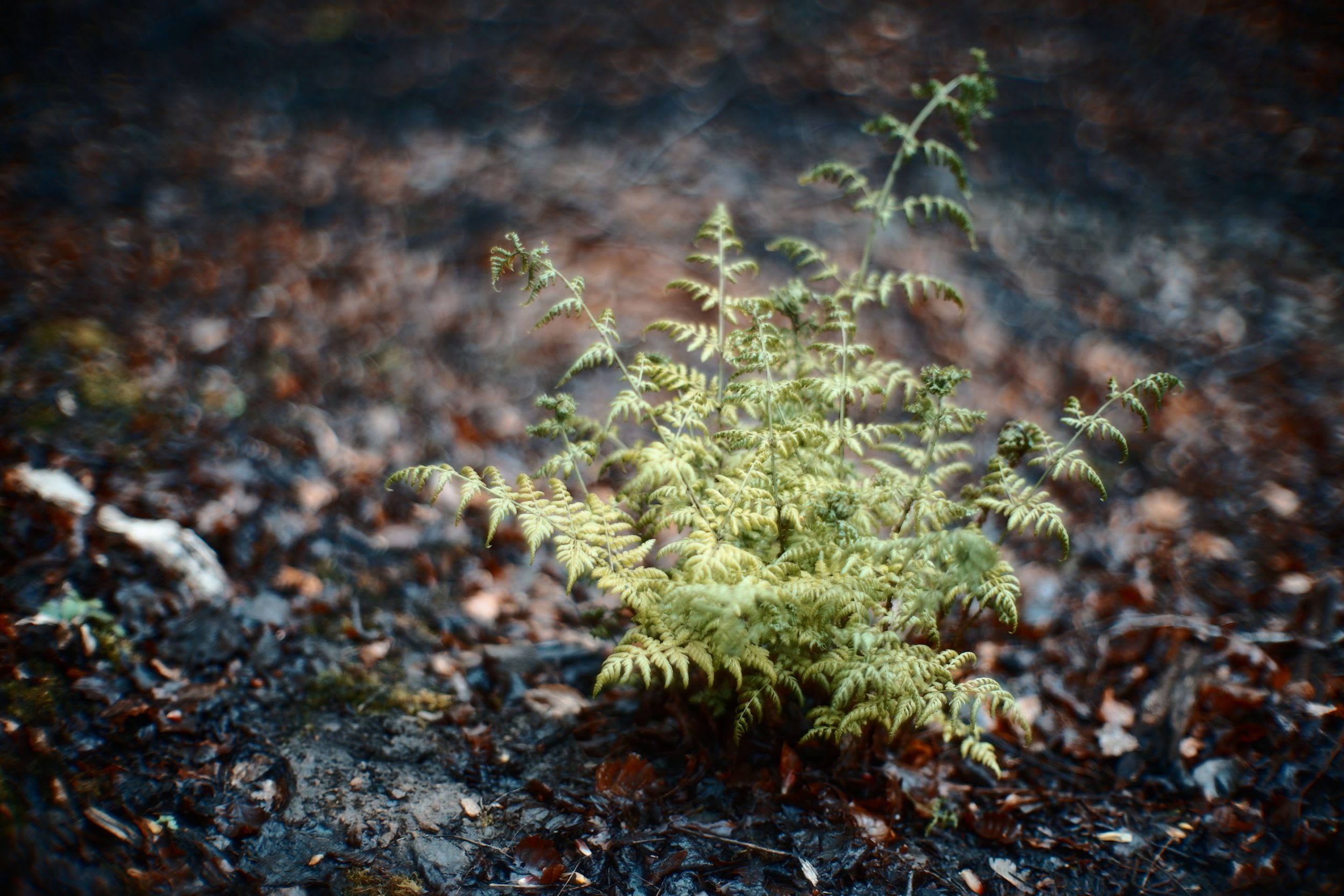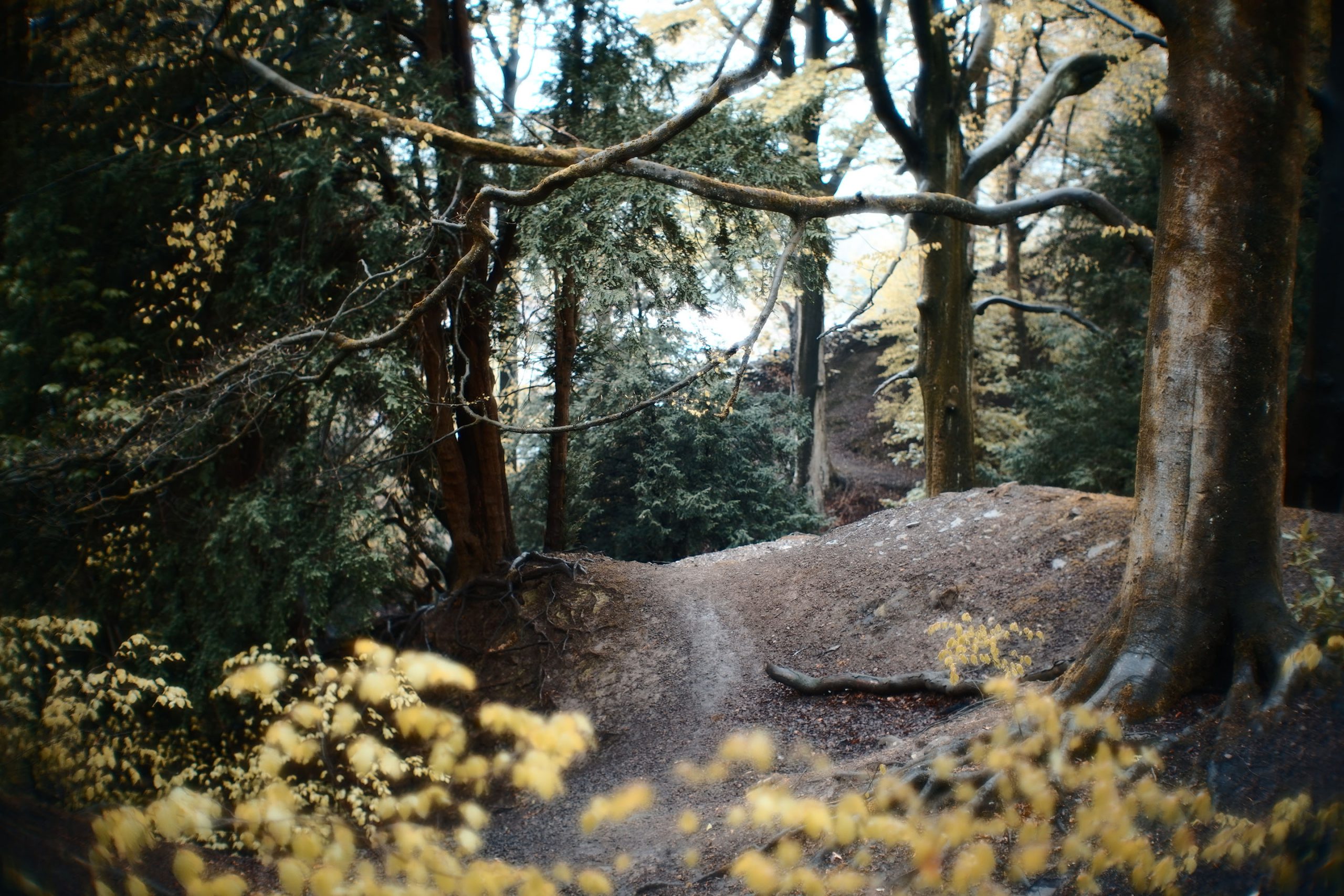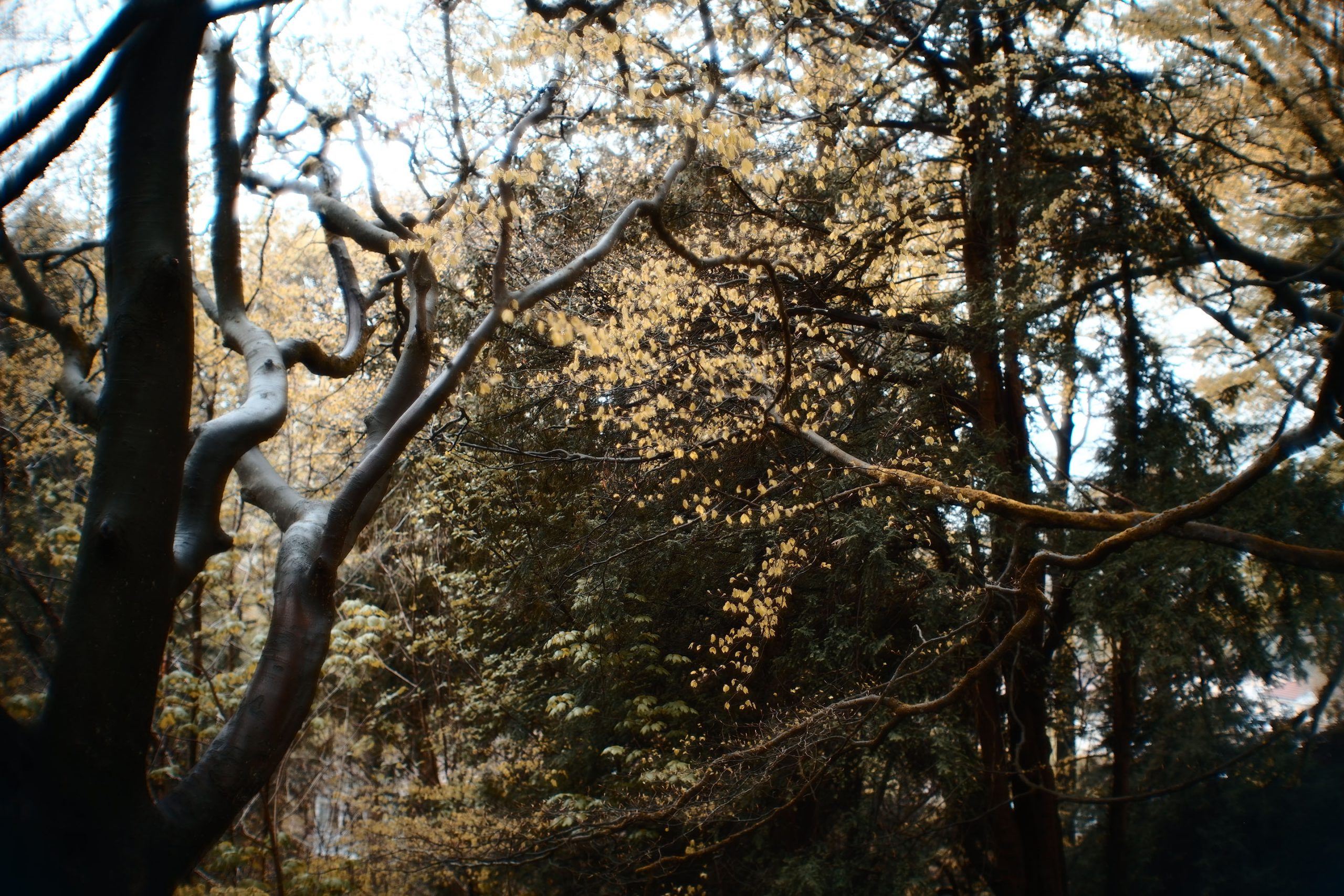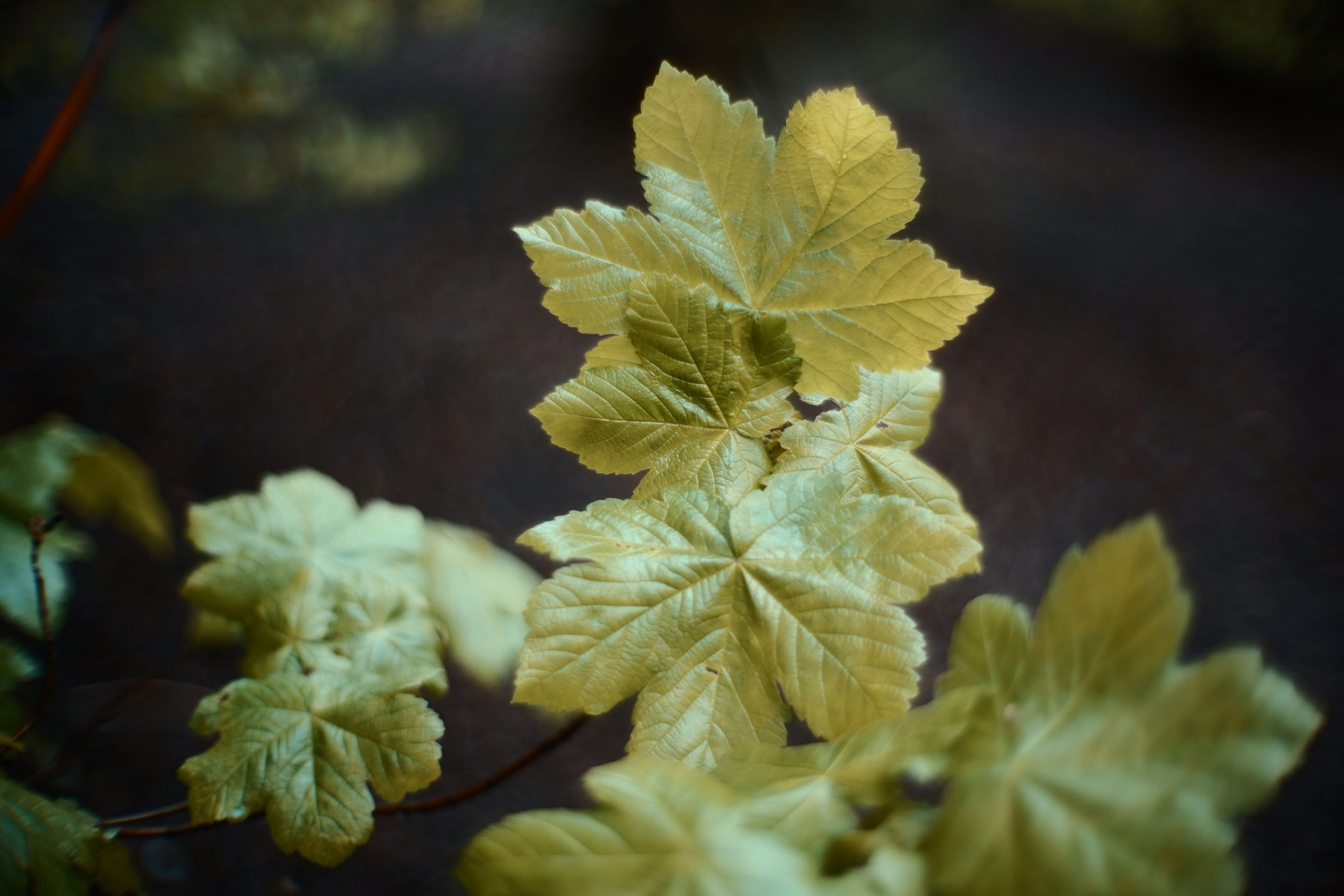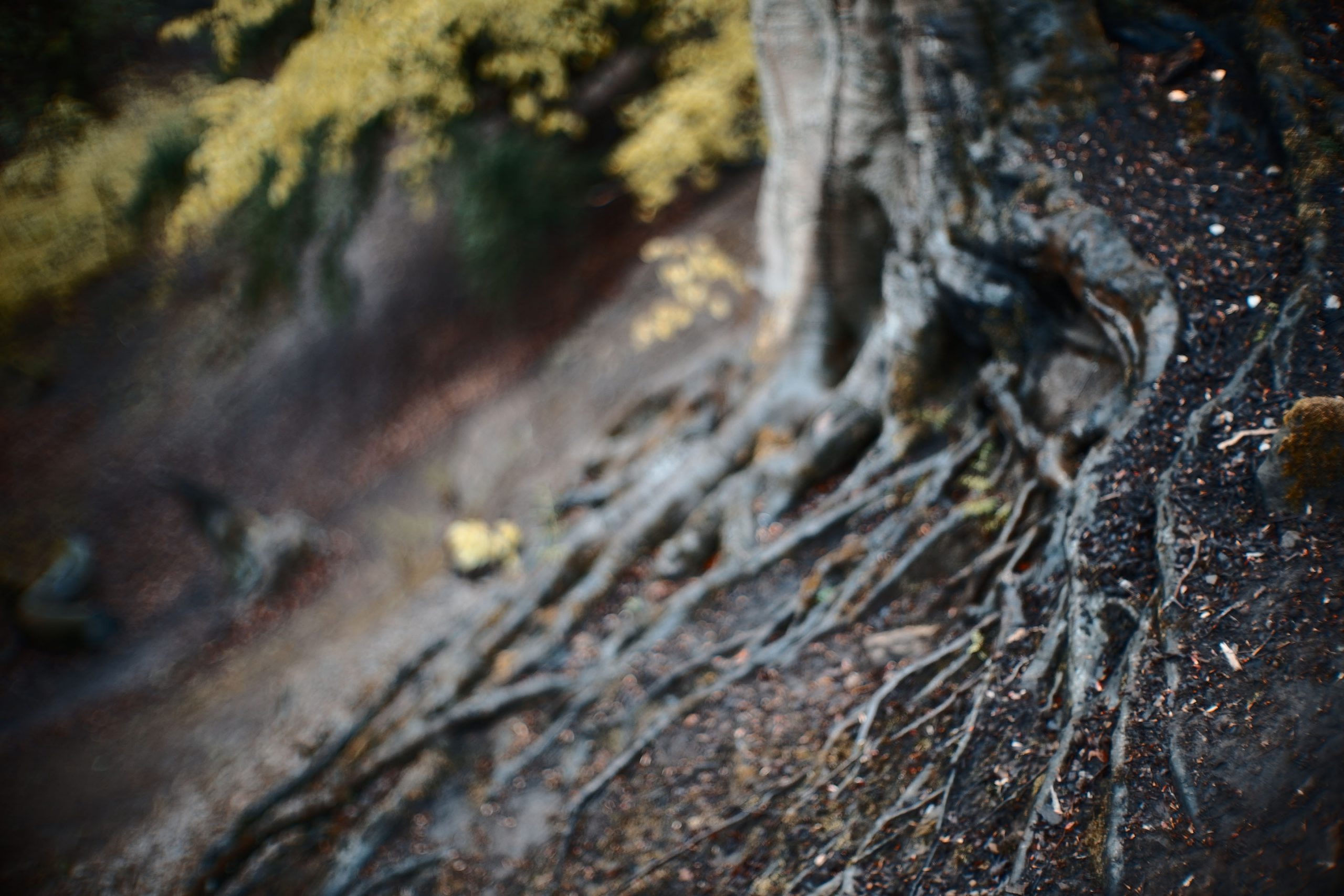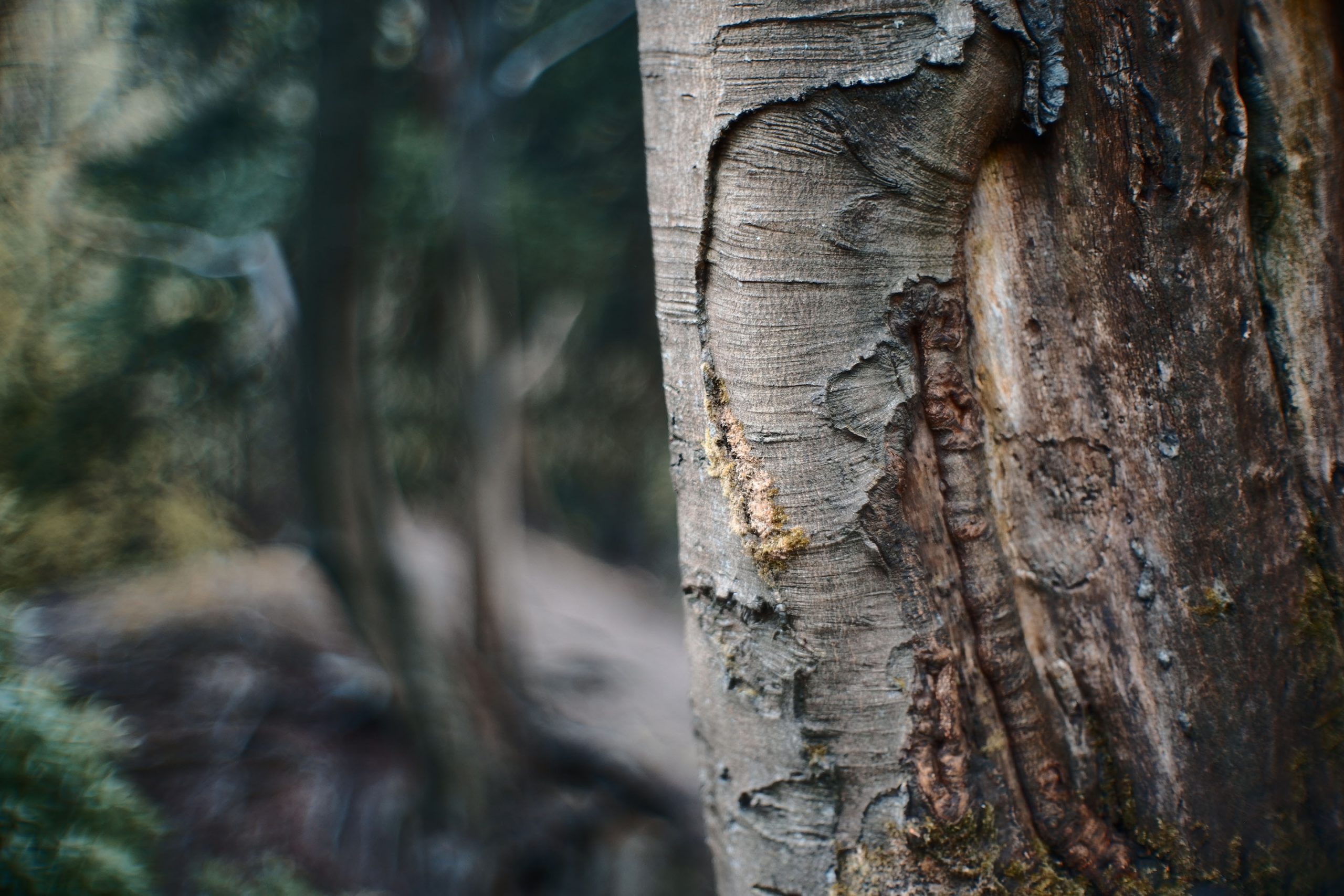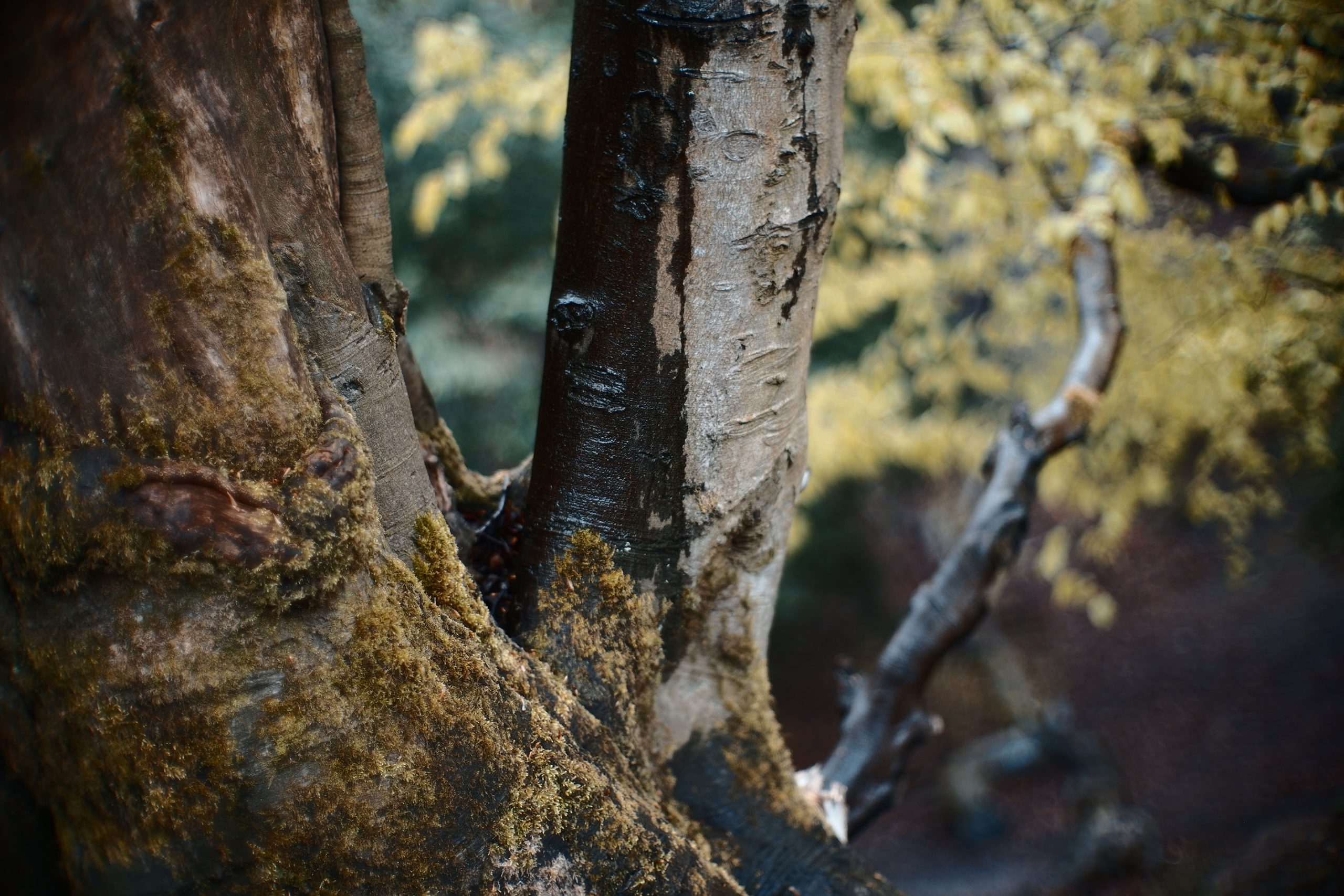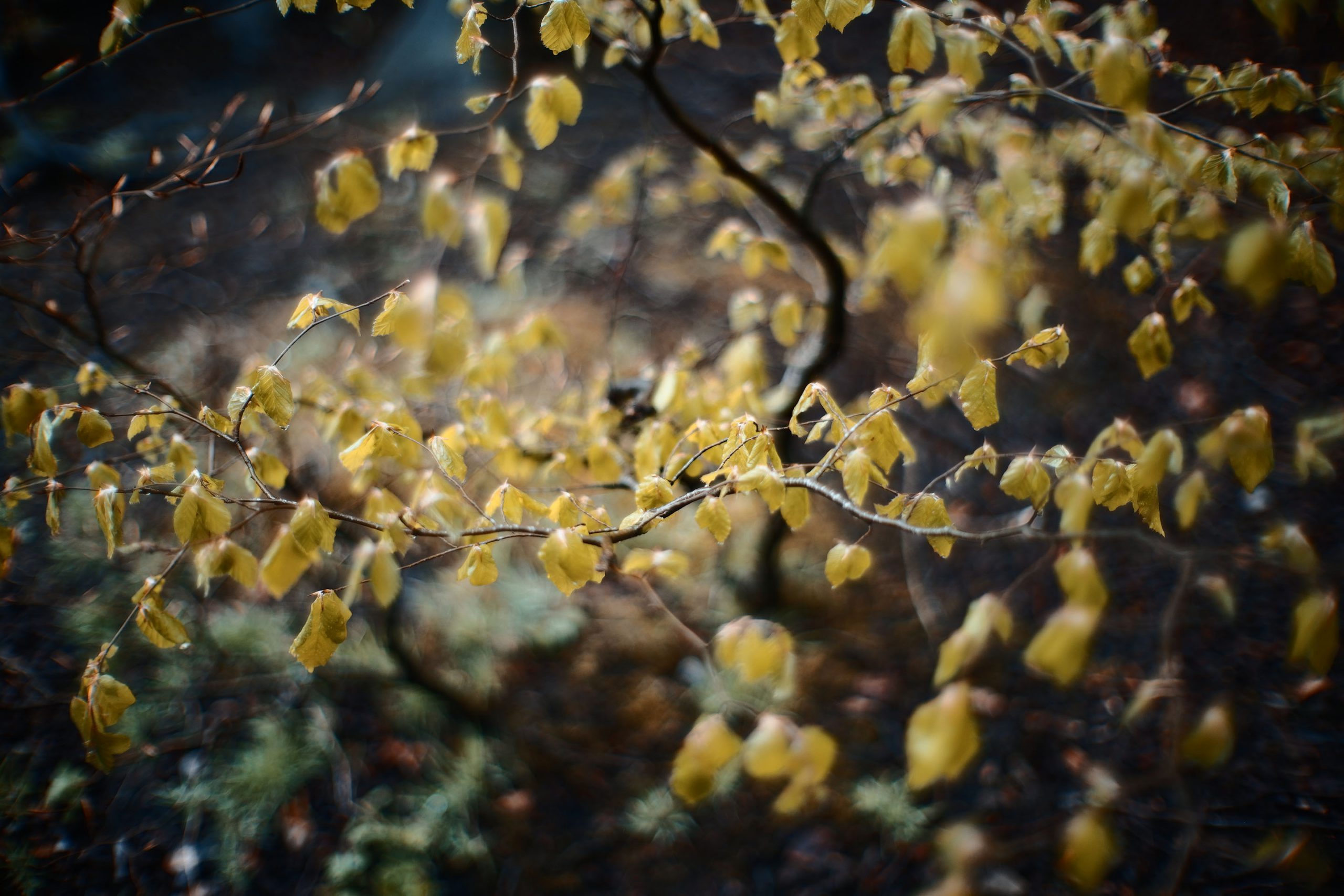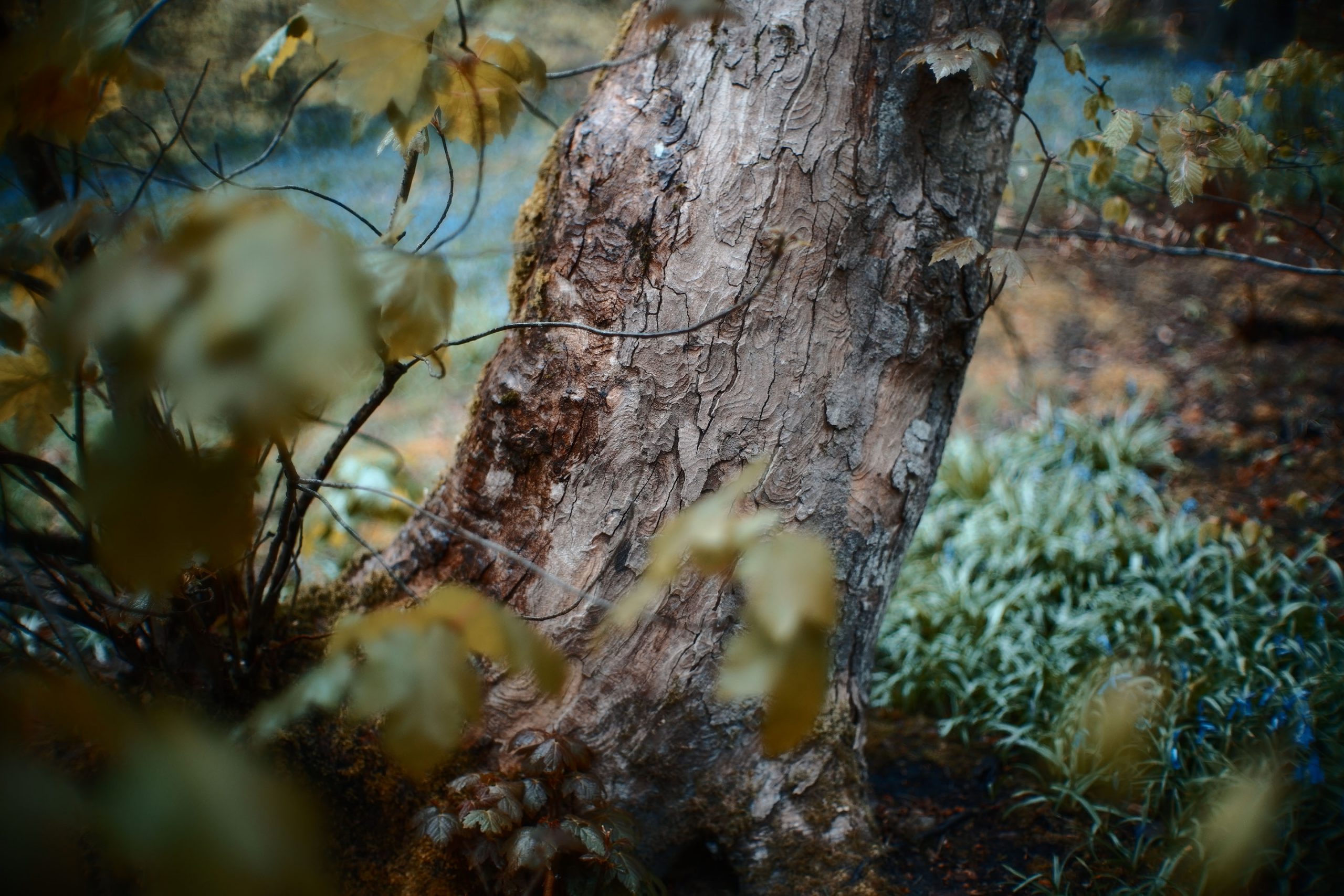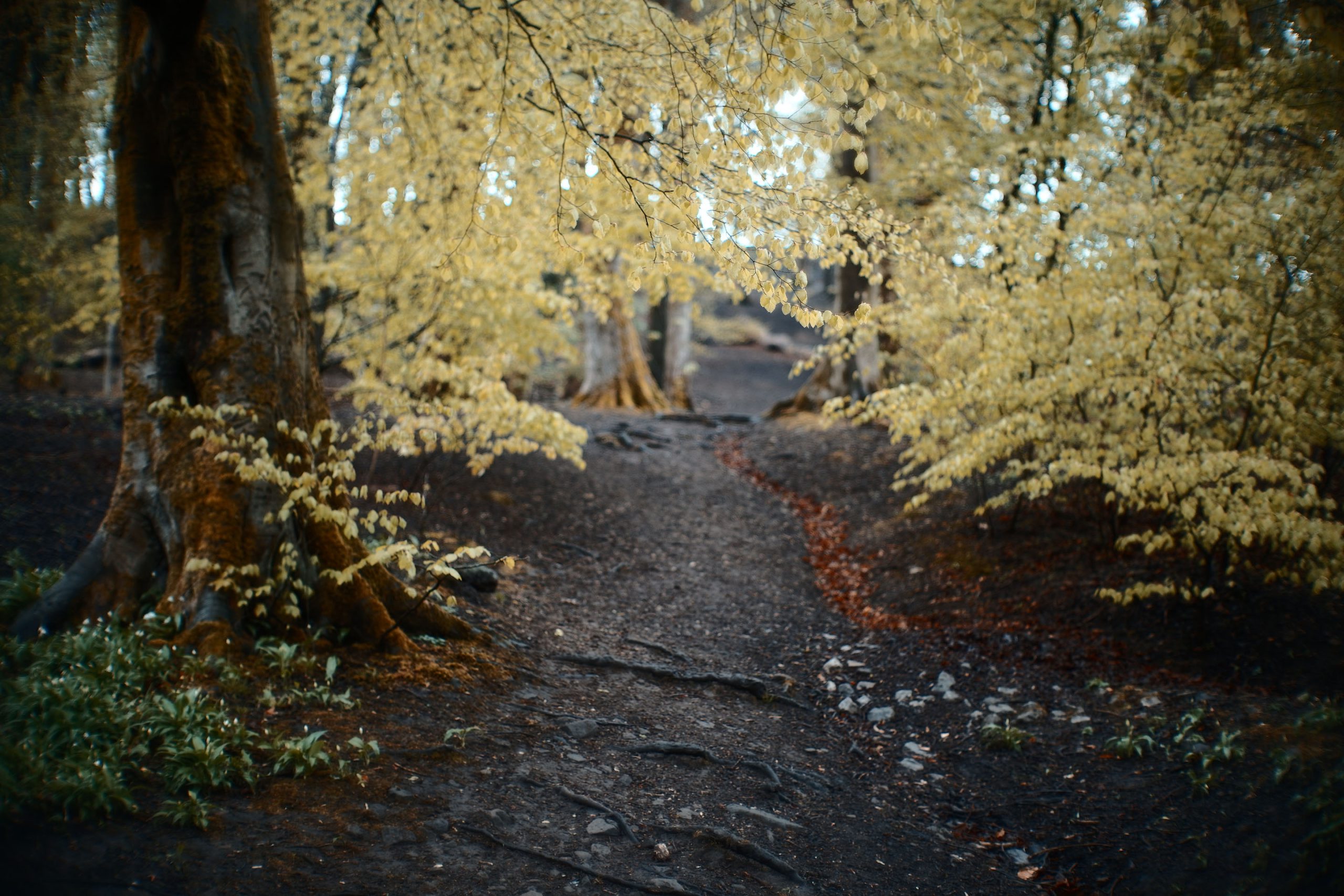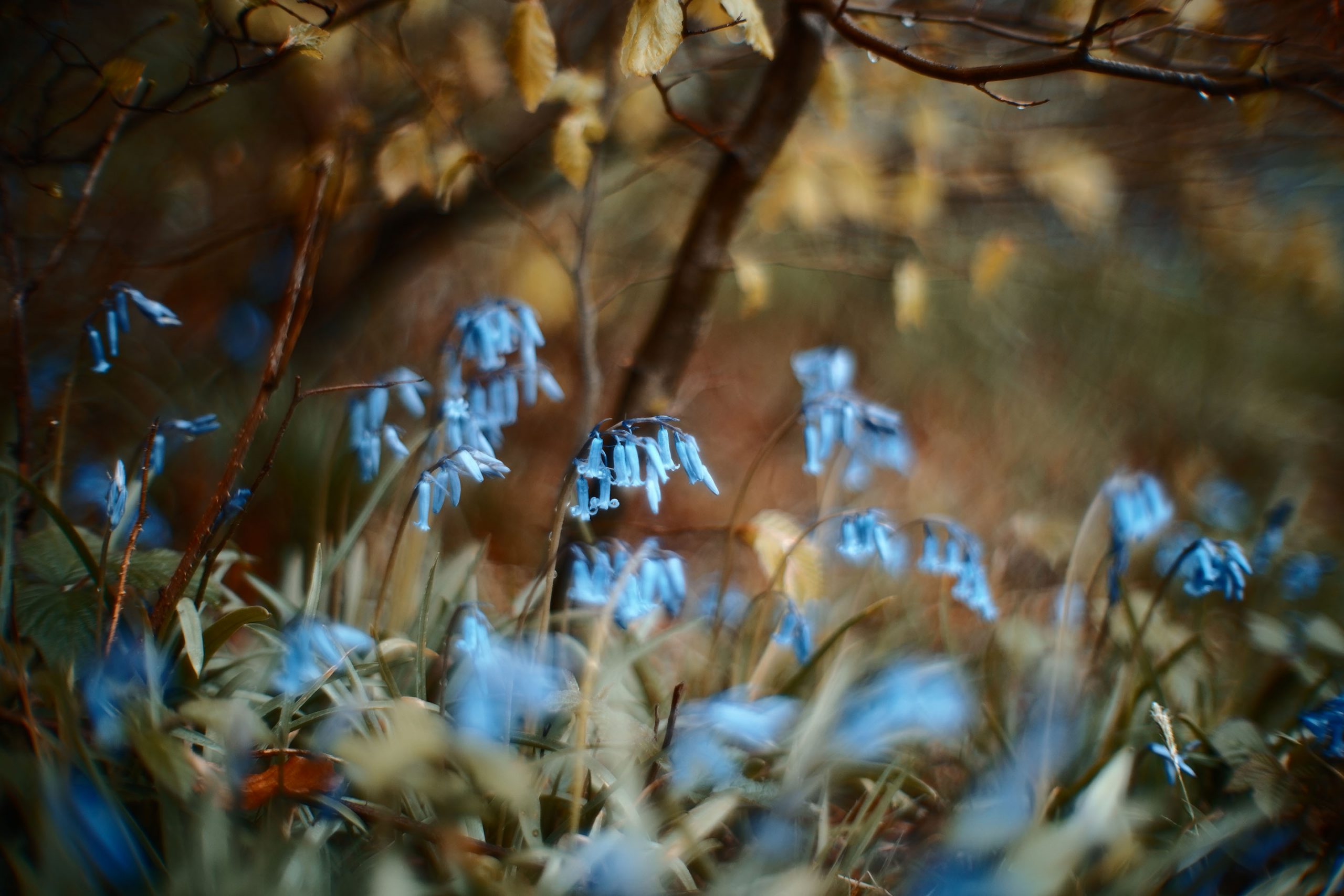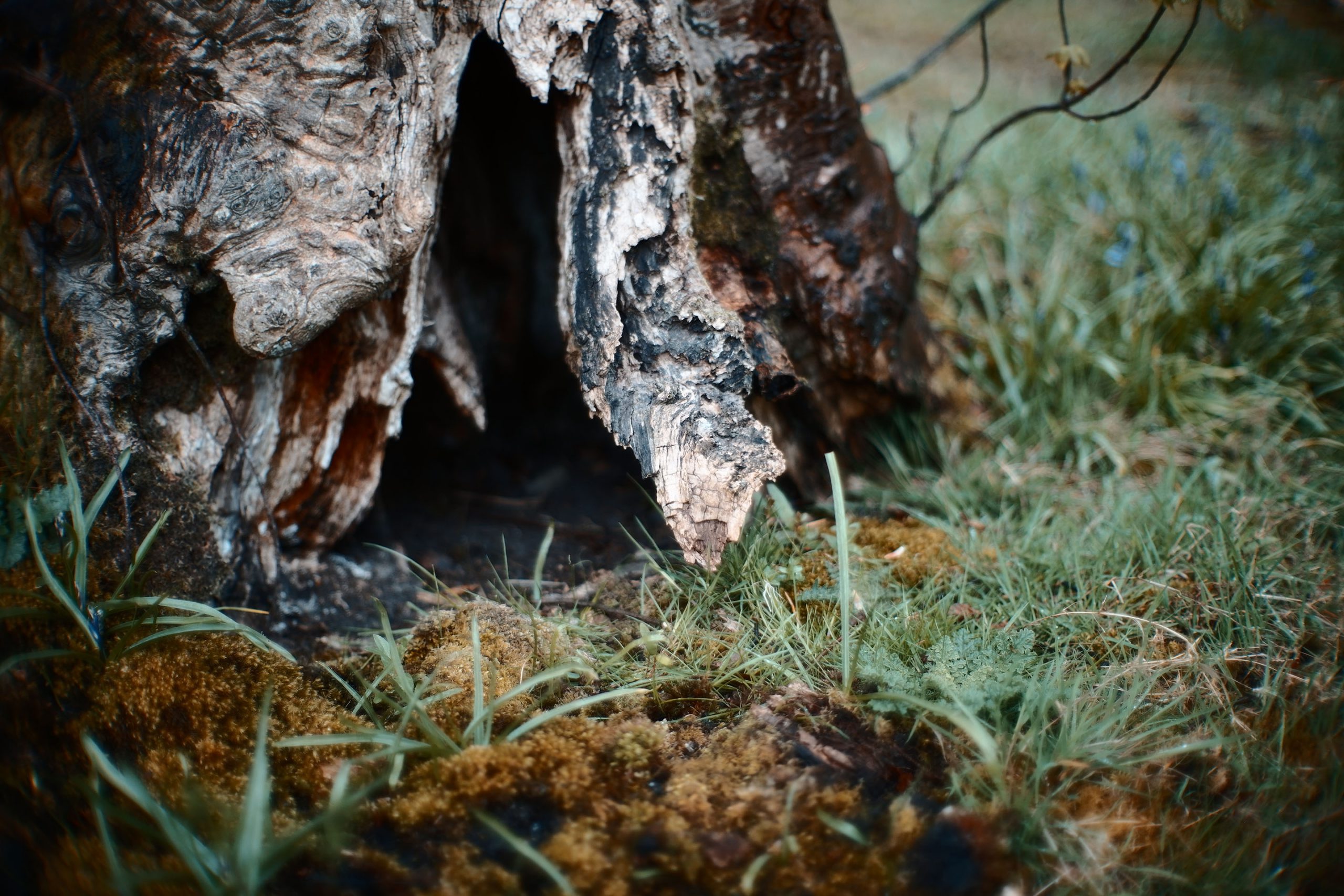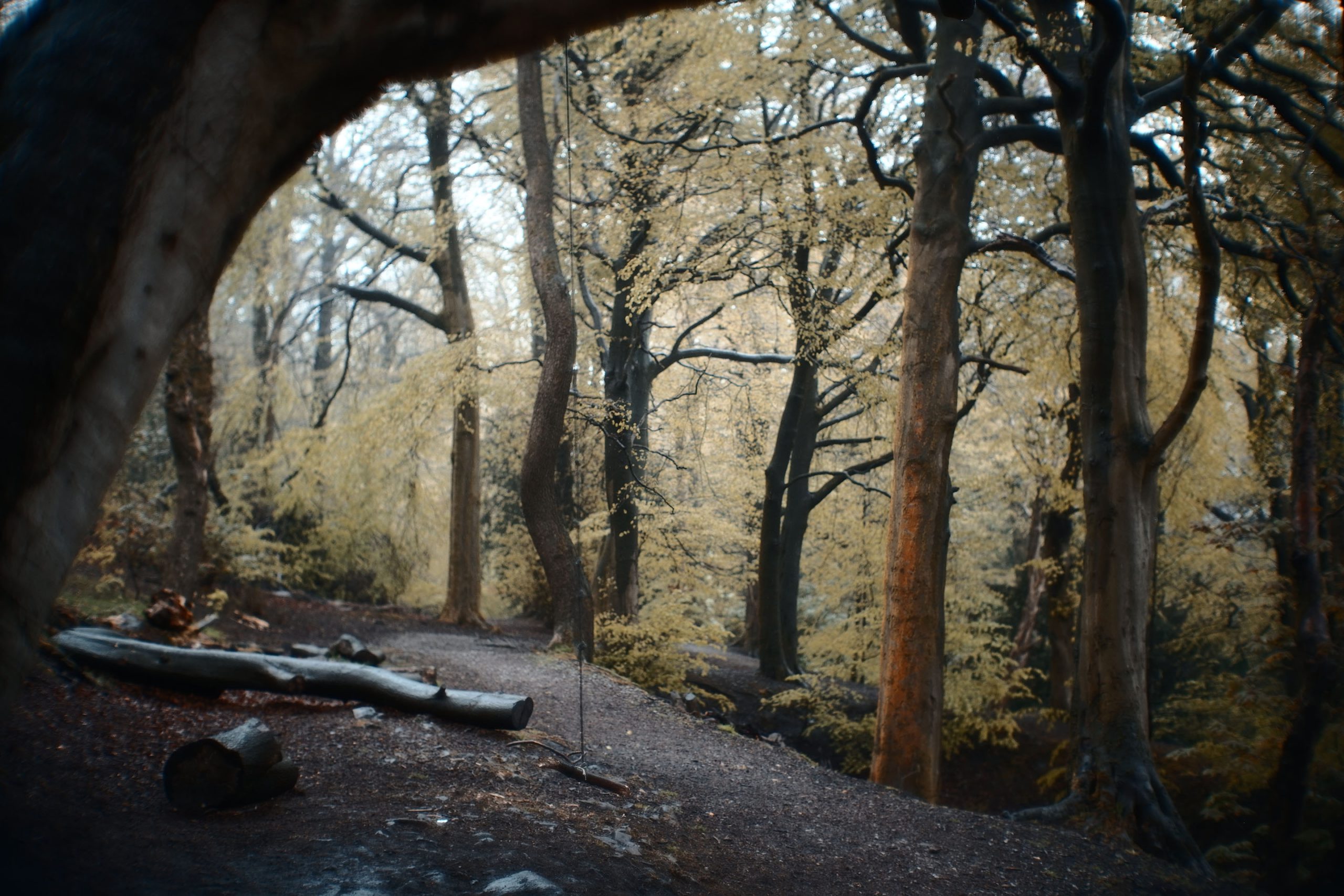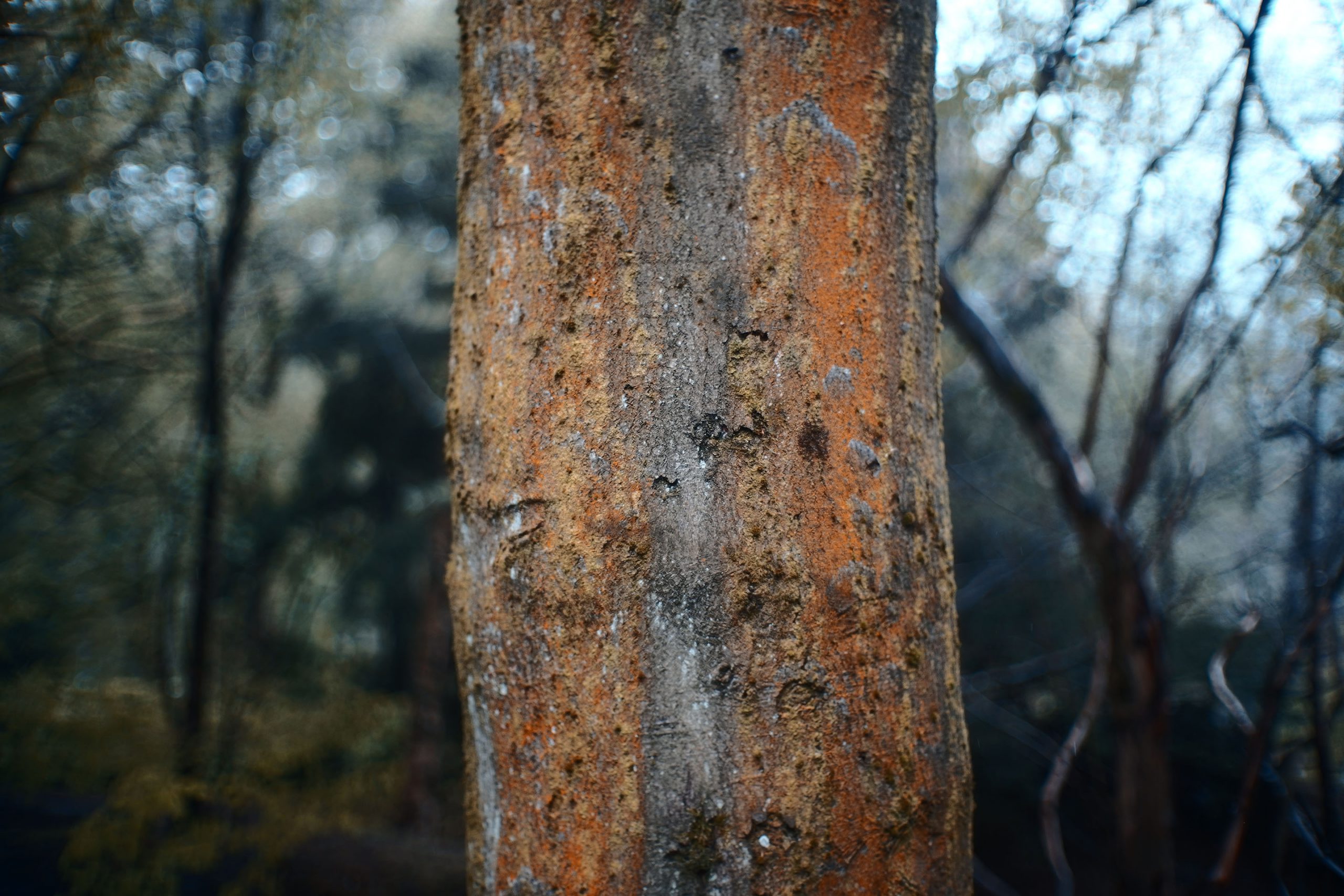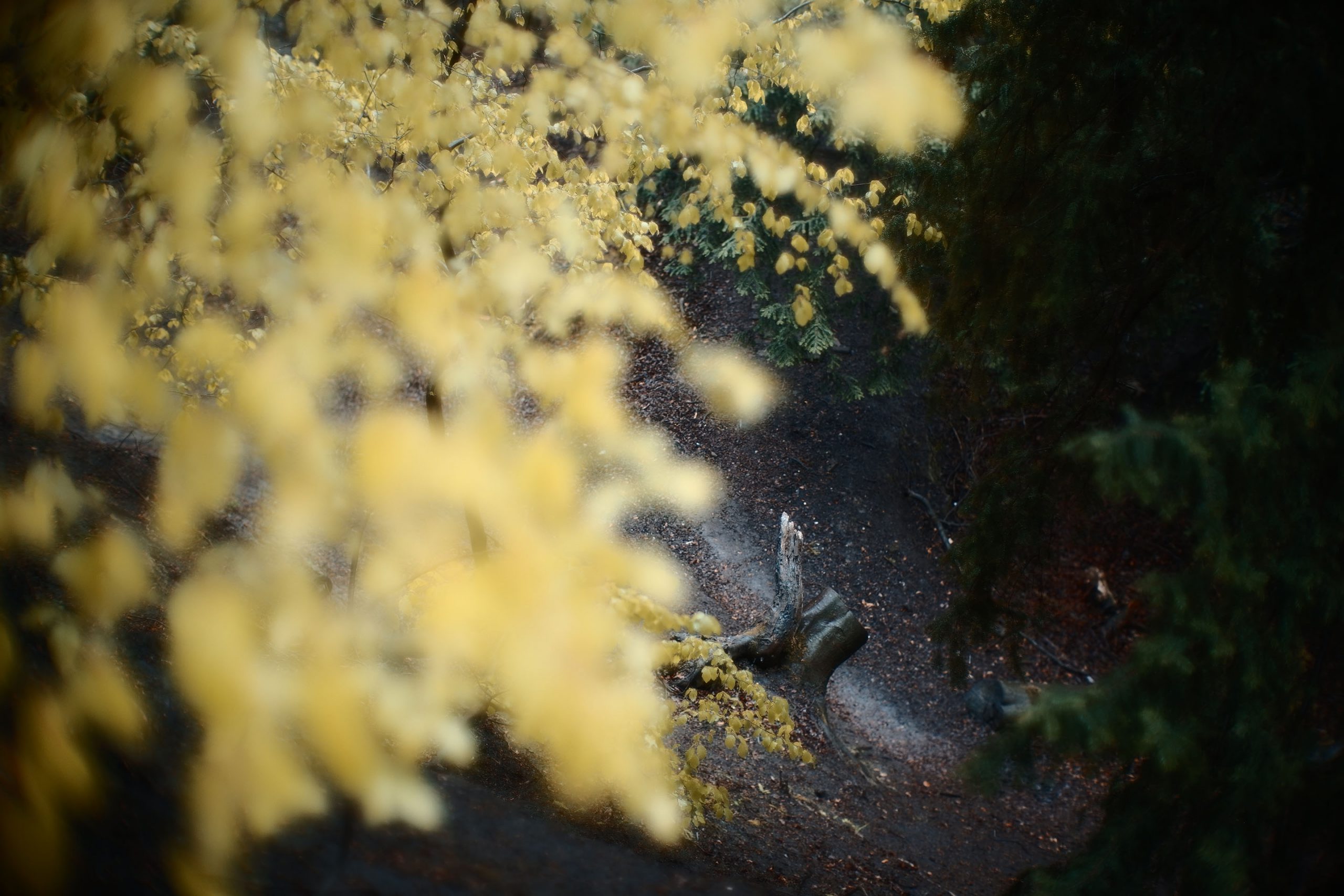
While recently in Berlin, I bought a Canon Dream Lens 50mm F0.95 with early serial number from my favourite store in town, Fotomax. They also have a very good online shop for vintage lenses and cameras. Of course the classic cameras are all analogue… but I wonder if some of the most fondly remembered digital cameras will one day join them in being appreciated for the artist’s tools they are. One such artist’s tool is the Sigma Fp which when paired with the master painter rendering of the Canon Dream Lens converted to Leica M mount makes real life look better than even Picasso’s imagination.
These shots are straight out of the camera, using the Hollywood movie inspired Orange & Teal colour style.
The Canon Dream Lens is almost exactly the same physical height of the Sigma Fp’s body but shorter and stockier than most modern lenses. It is almost all glass, with a very thin front bezel and housing. It’s a bit larger than the classic Leica Noctilux 50mm F1.
There is an interesting list of known Canon Dream Lenses in existence here. You can compare serial numbers and see how early the lens was produced, or read about the history of some of the lenses and their current owner.
The Sigma Fp is the smallest full frame mirrorless camera. Designed as if it were modular, the box-like shape allows you to effortlessly add ergonomic parts to it depending on the shoot – such as a cage or wooden grip. In this case, since I was using a relatively large heavy lens, I’m using the SmallRig cage with wooden grip.
The camera is extremely quick to write photos to the card and there is no viewfinder blackout thanks to the electronic shutter. I’d like there to be a flicker reduction feature and an EVF add-on, but Sigma knows exactly what they must do to build on this first generation of camera. I think the Fp is the basis for one of the best designed mirrorless cameras ever made. It is an absolute pleasure to shoot with, be it stills or video.
This time, I was shooting stills to get a feel for the lens, but I can’t wait to get back out there and capture some RAW Cinema DNG footage with the Canon Dream Lens.
The orange and teal profile turns bright, almost neon greens into beautiful golden moody bronze. It turns darker greens a minty shade, and gives earthy tones a lovely warm, red and gold tone.
A bit like a camera, this lens has two “modes”. Wide open it’s the perfect portrait lens and dreamy. Stopped down to F2 it is sharp and punchy but still other-worldly. I often find myself liking the combination of the glowing wide open look but with a high contrast grade or picture style.
It is not the lens for sharp corners on a full frame sensor, but resolution in the centre is very pleasant with a nice pop. If you’re wondering how dramatically different the look of the lens is between F0.95 and F2, take a look at the following shot. (I have in addition added my own Orange & Teal look to the wide open shot in terms of the colours).
Wide open at F0.95
Stopped down to F2 (with standard Adobe DNG colour profile)




